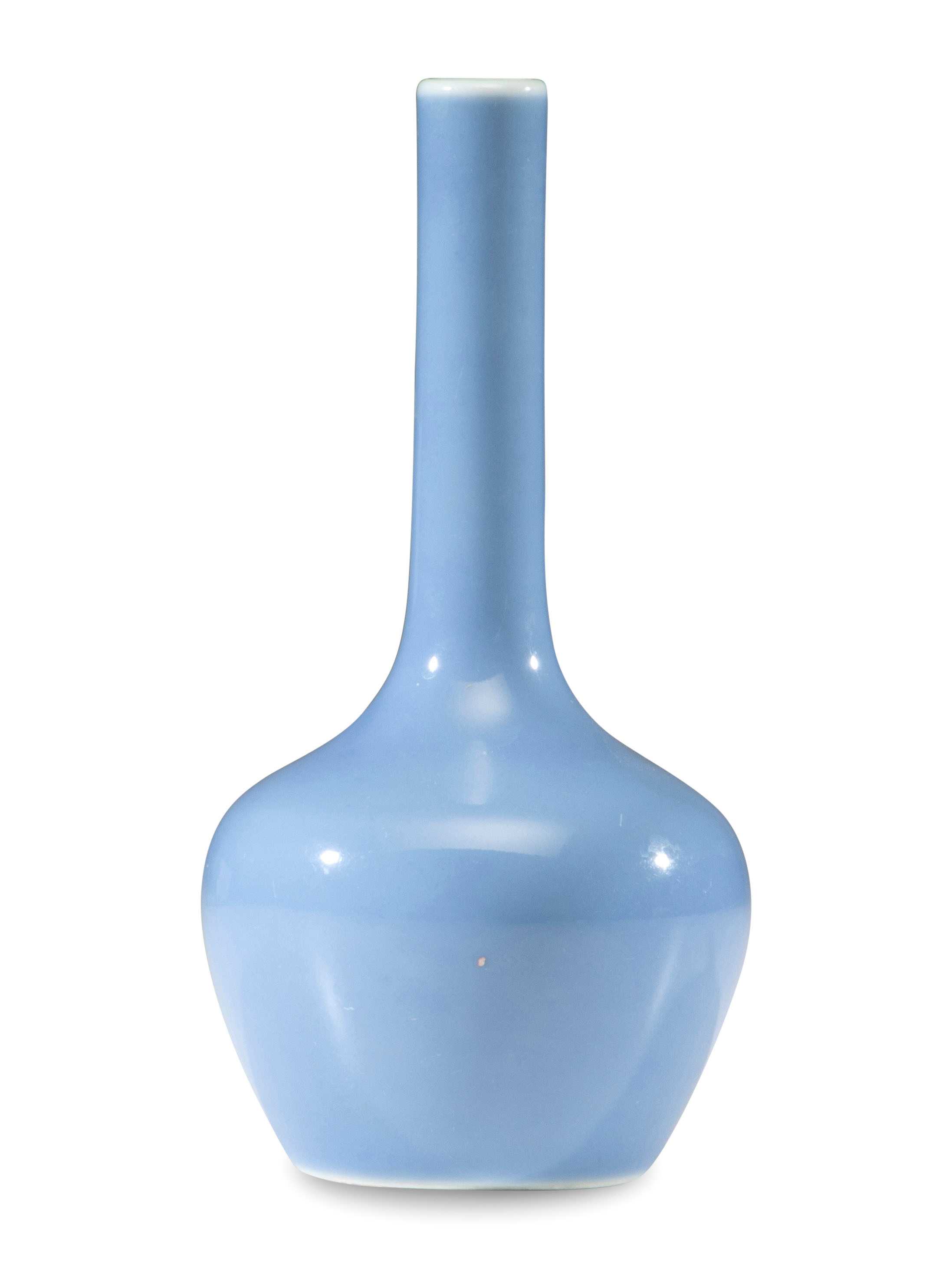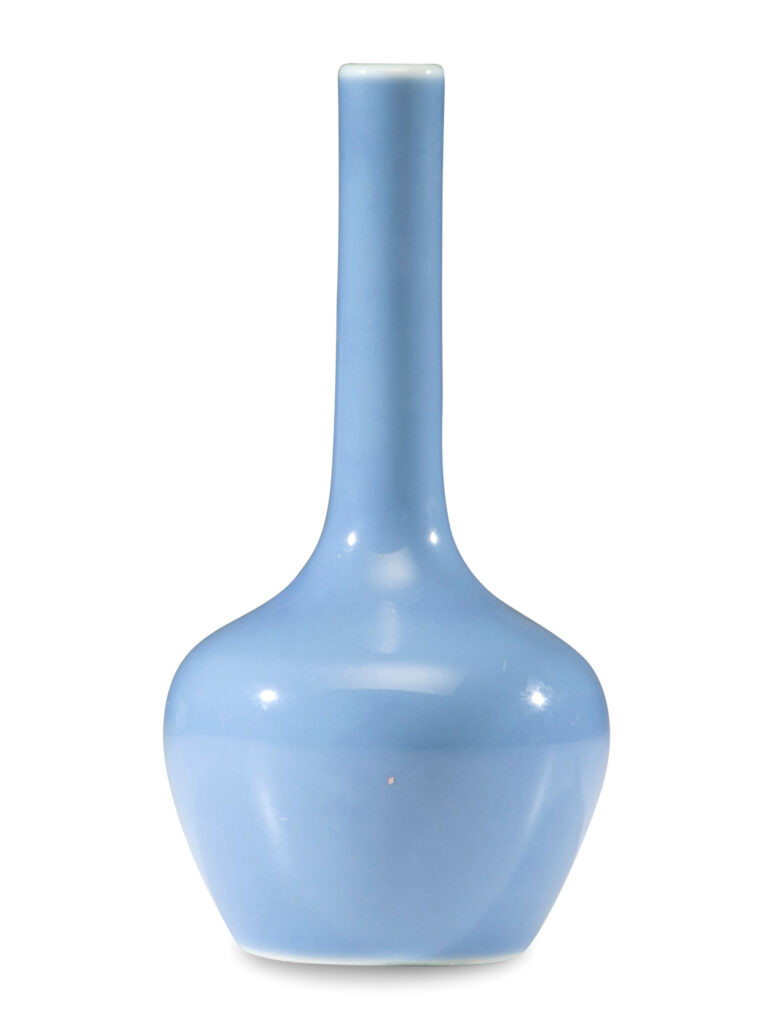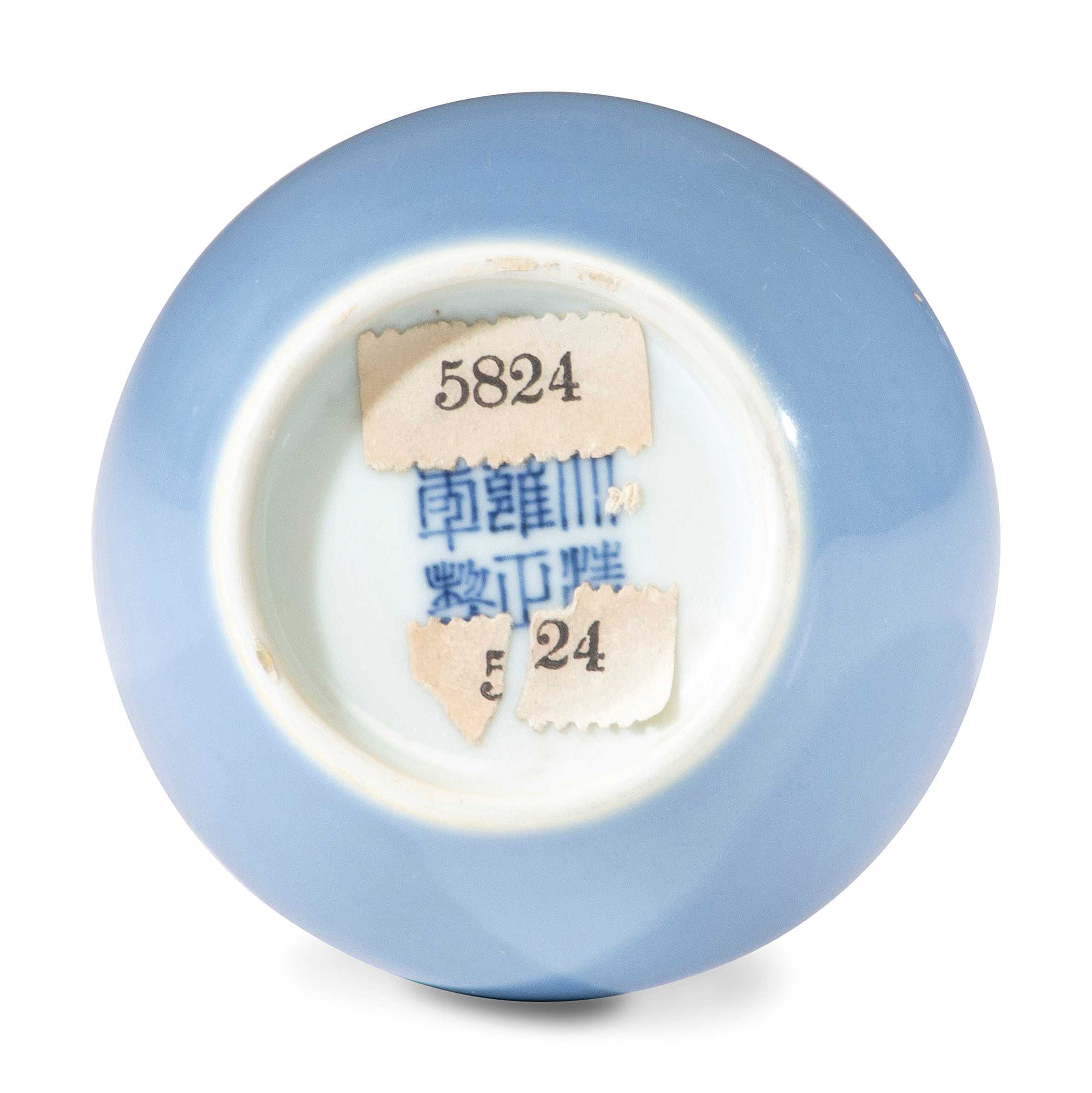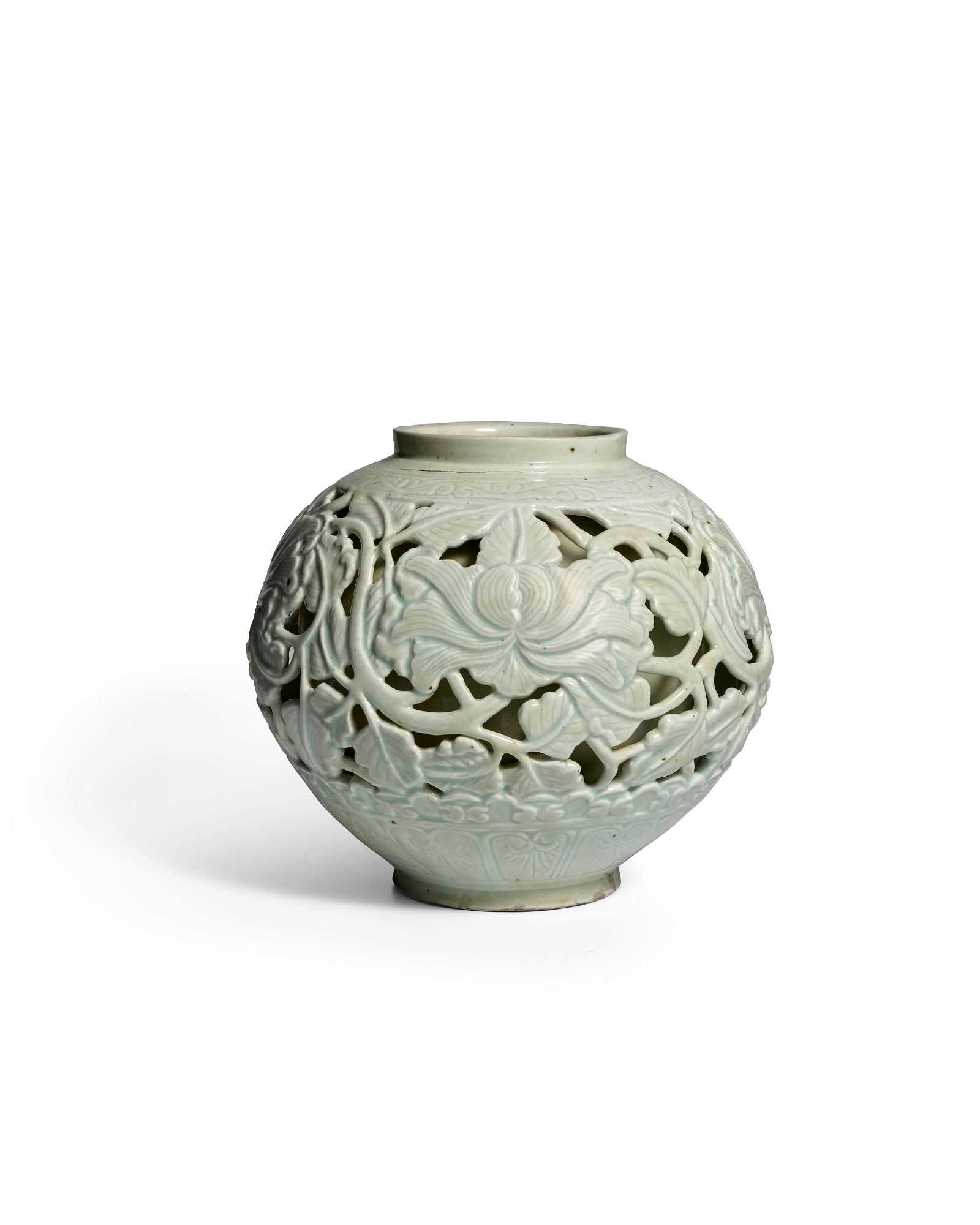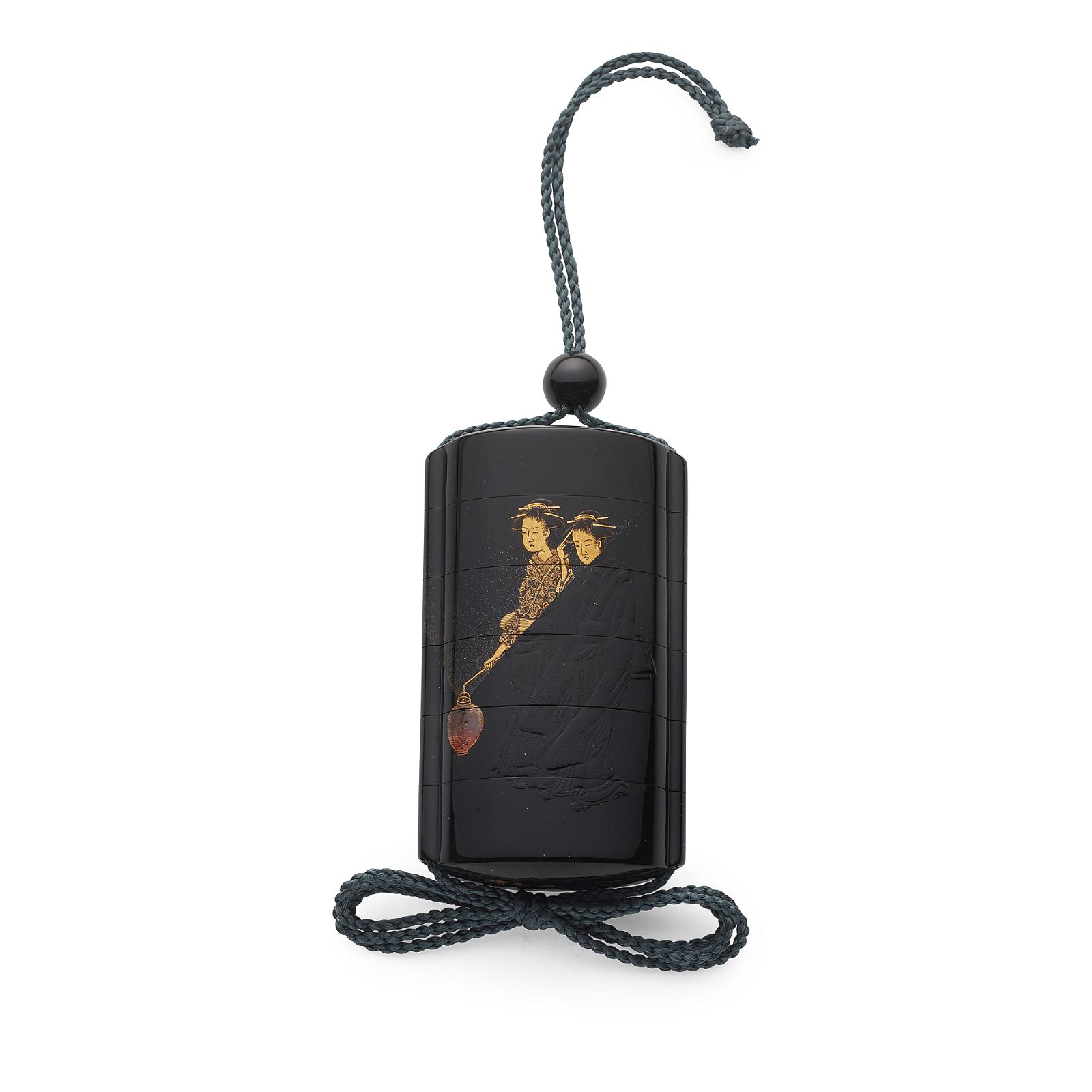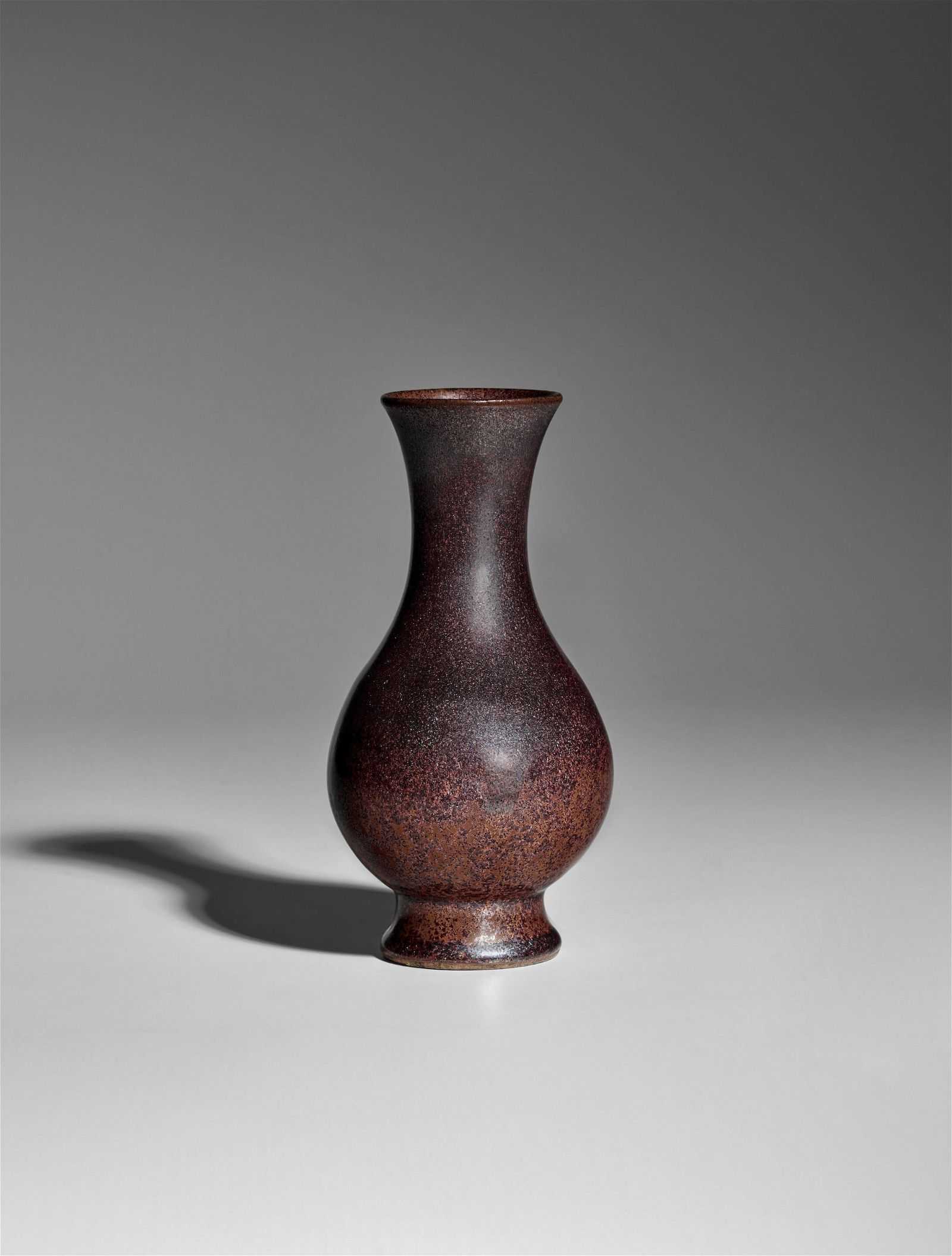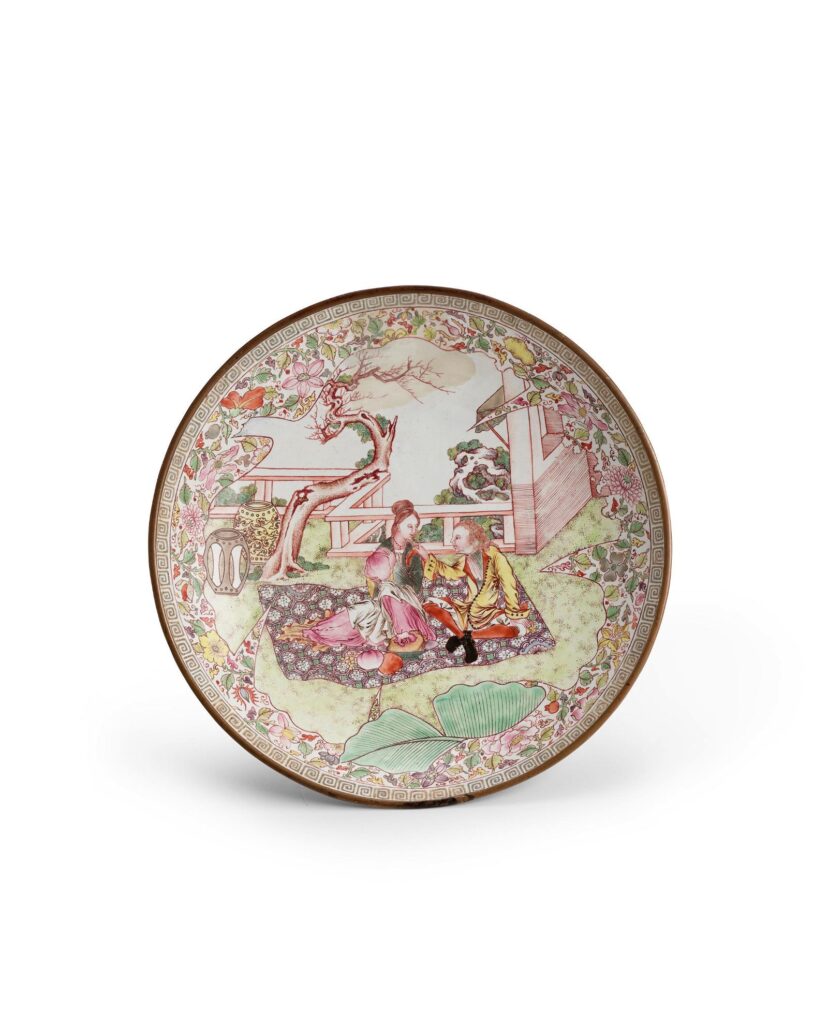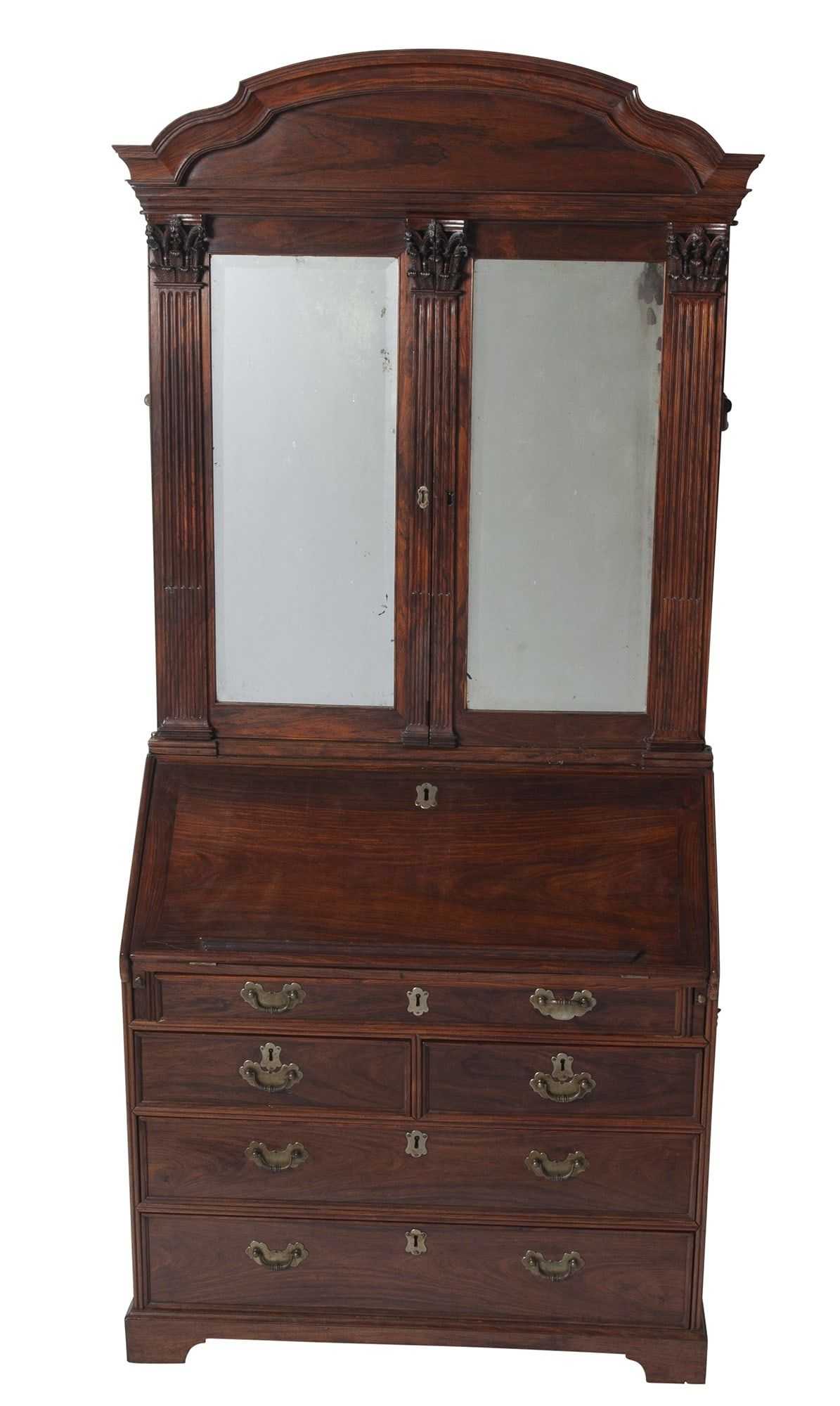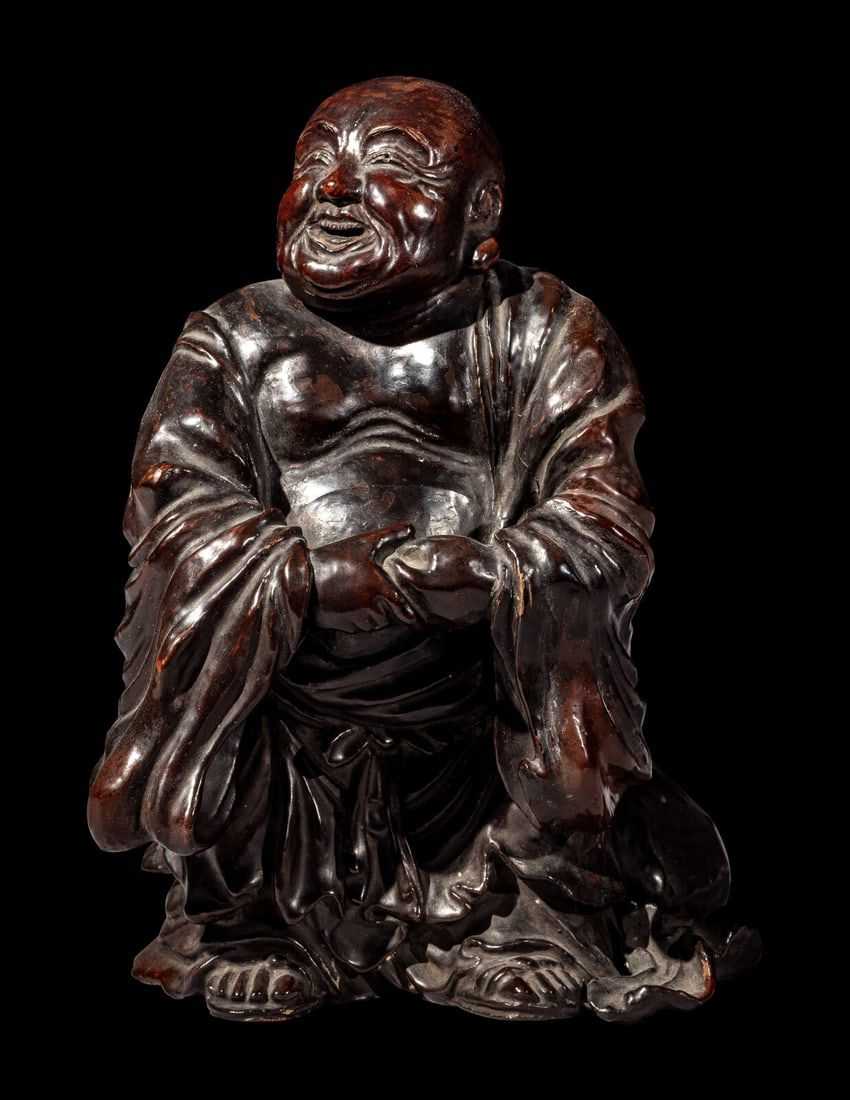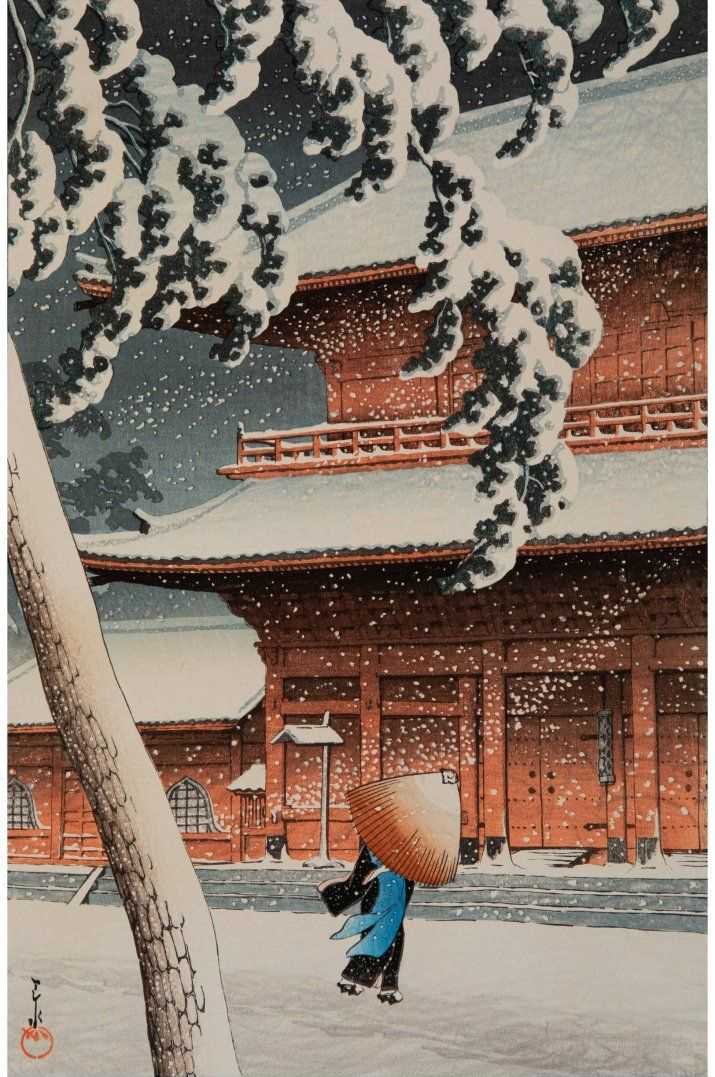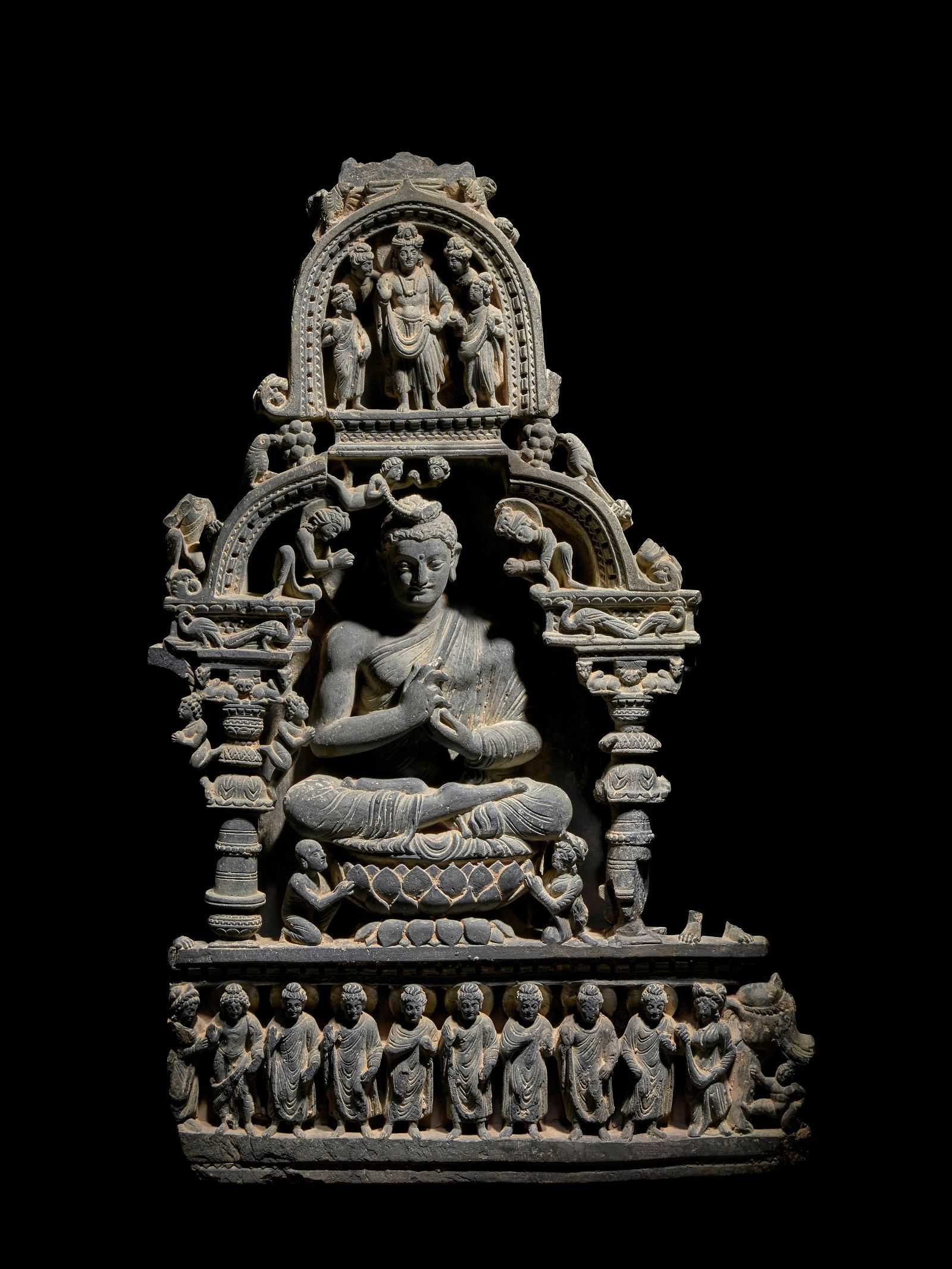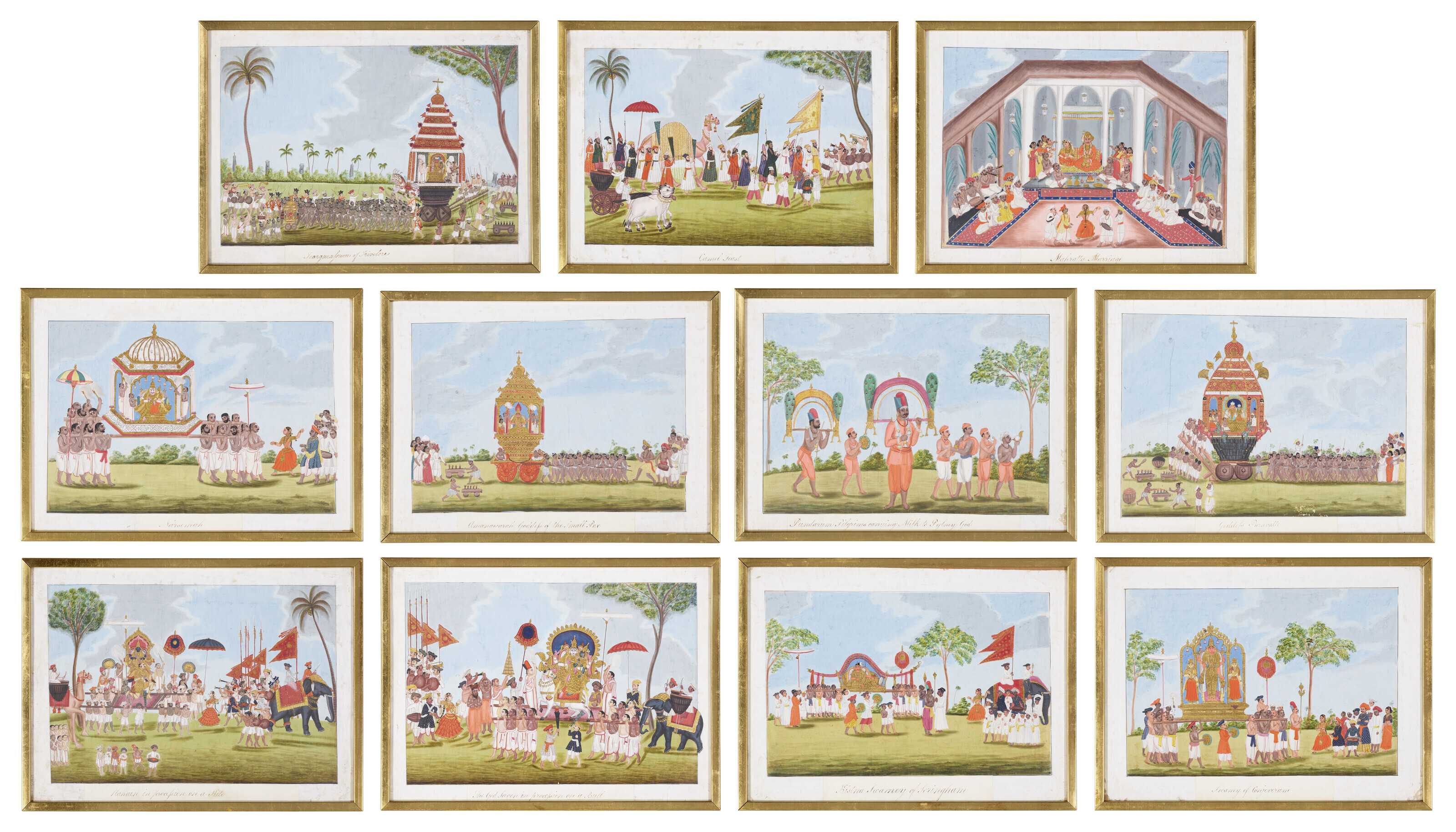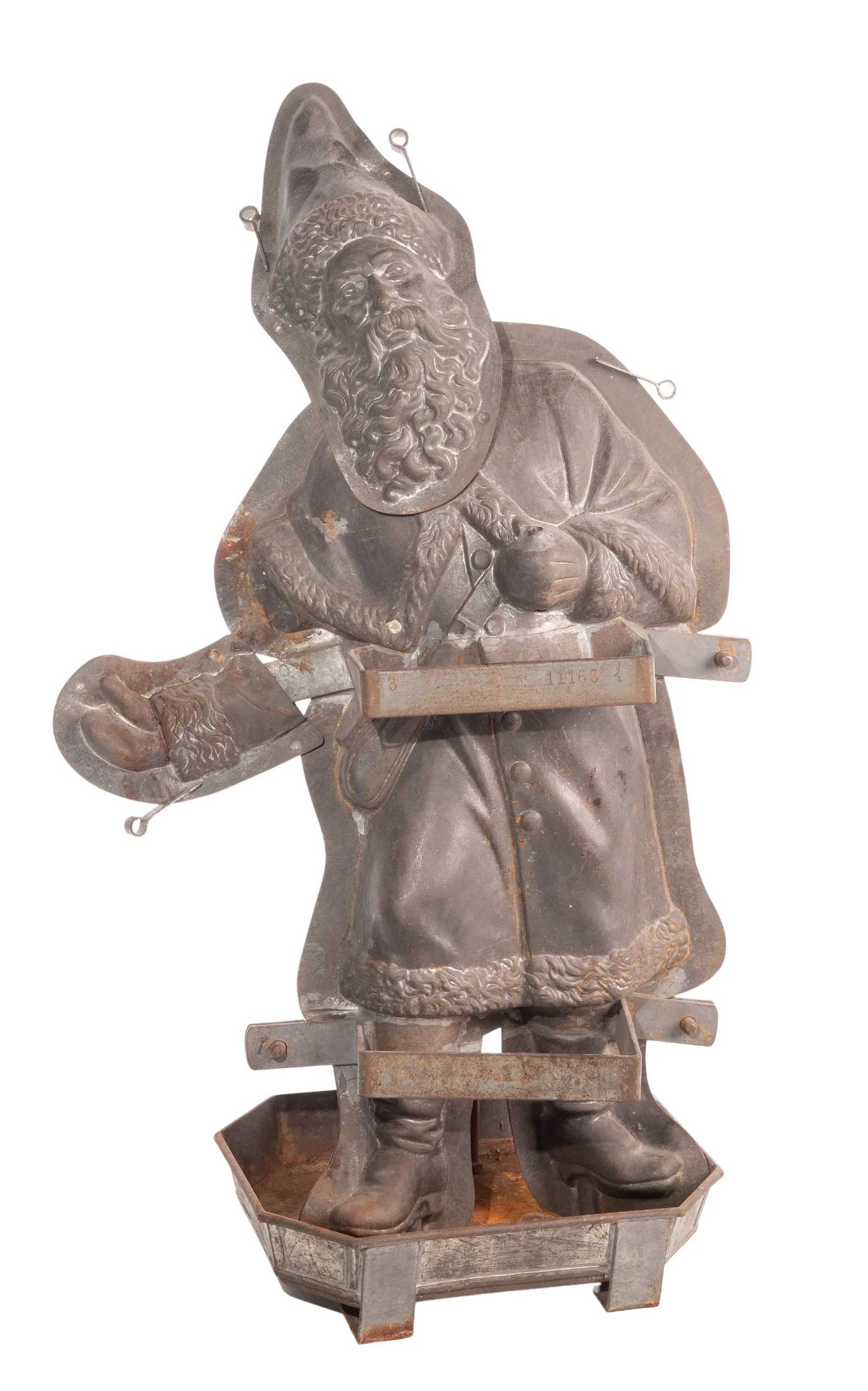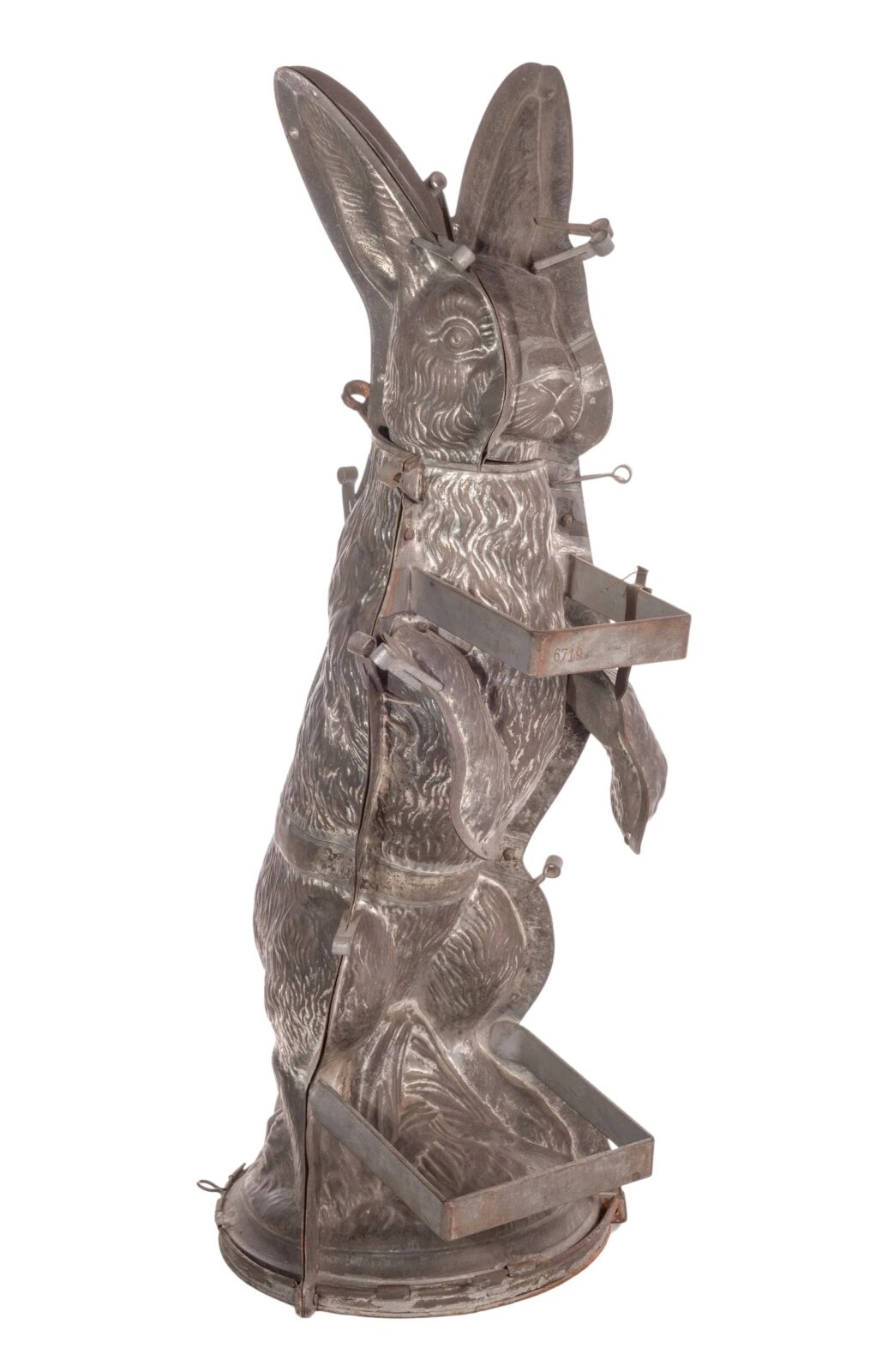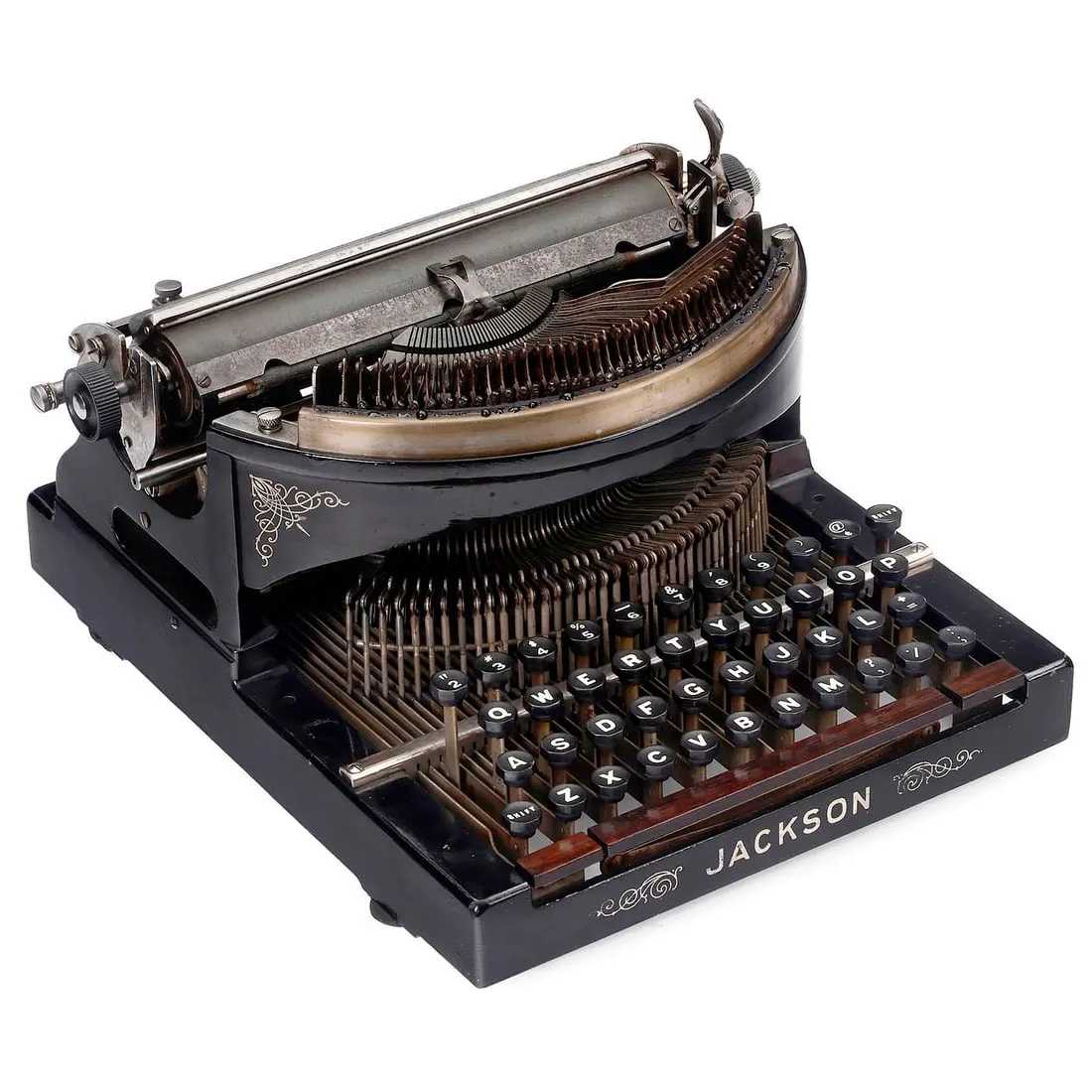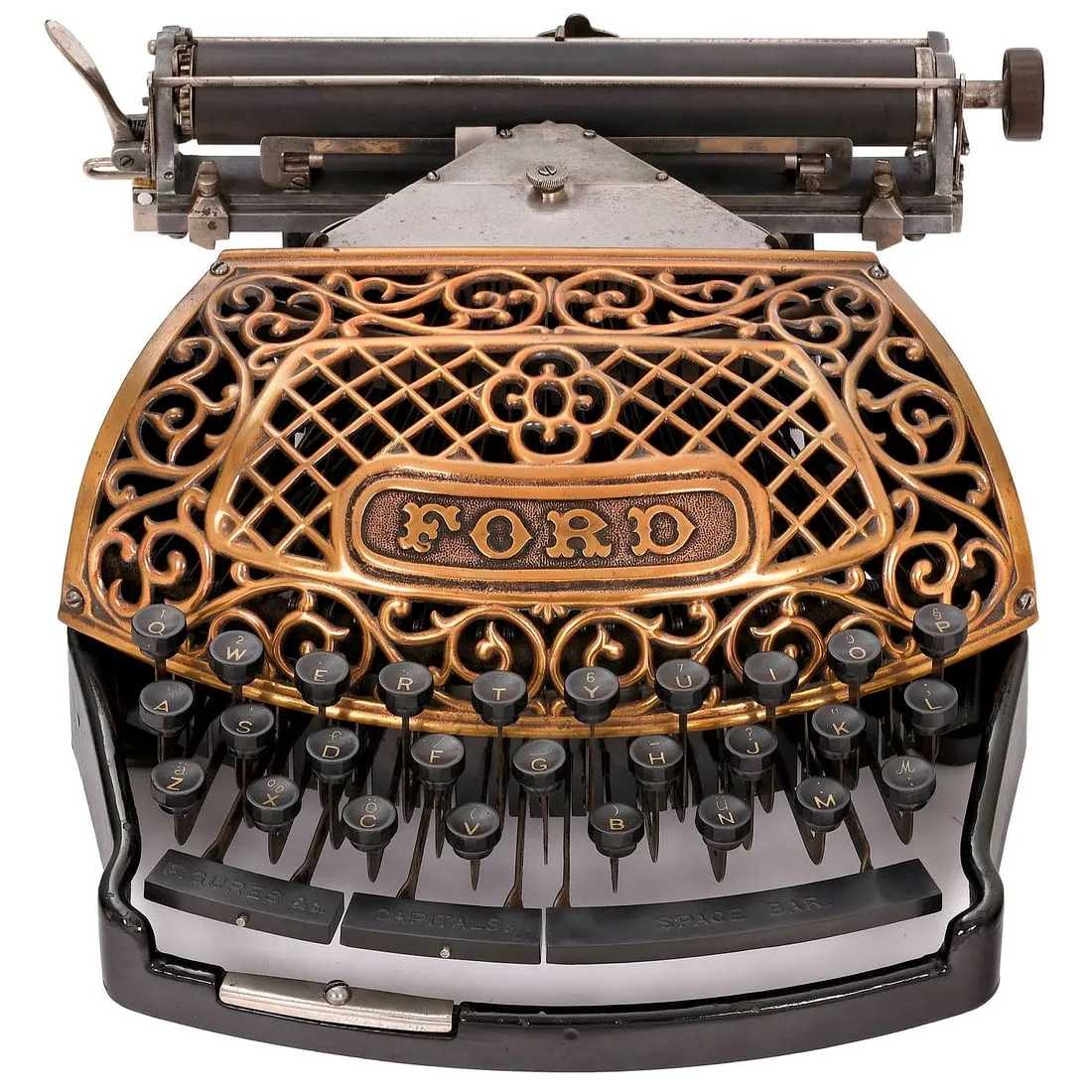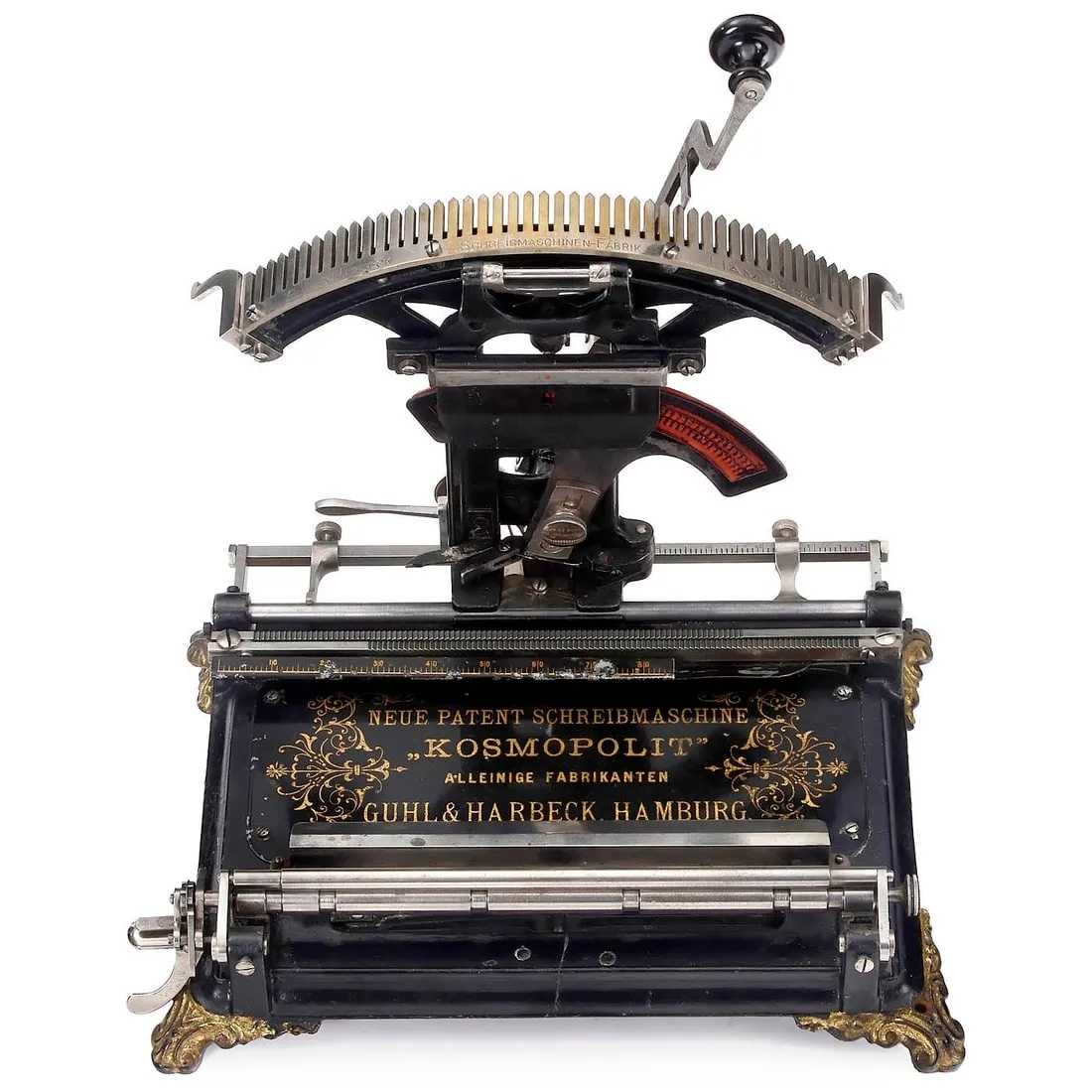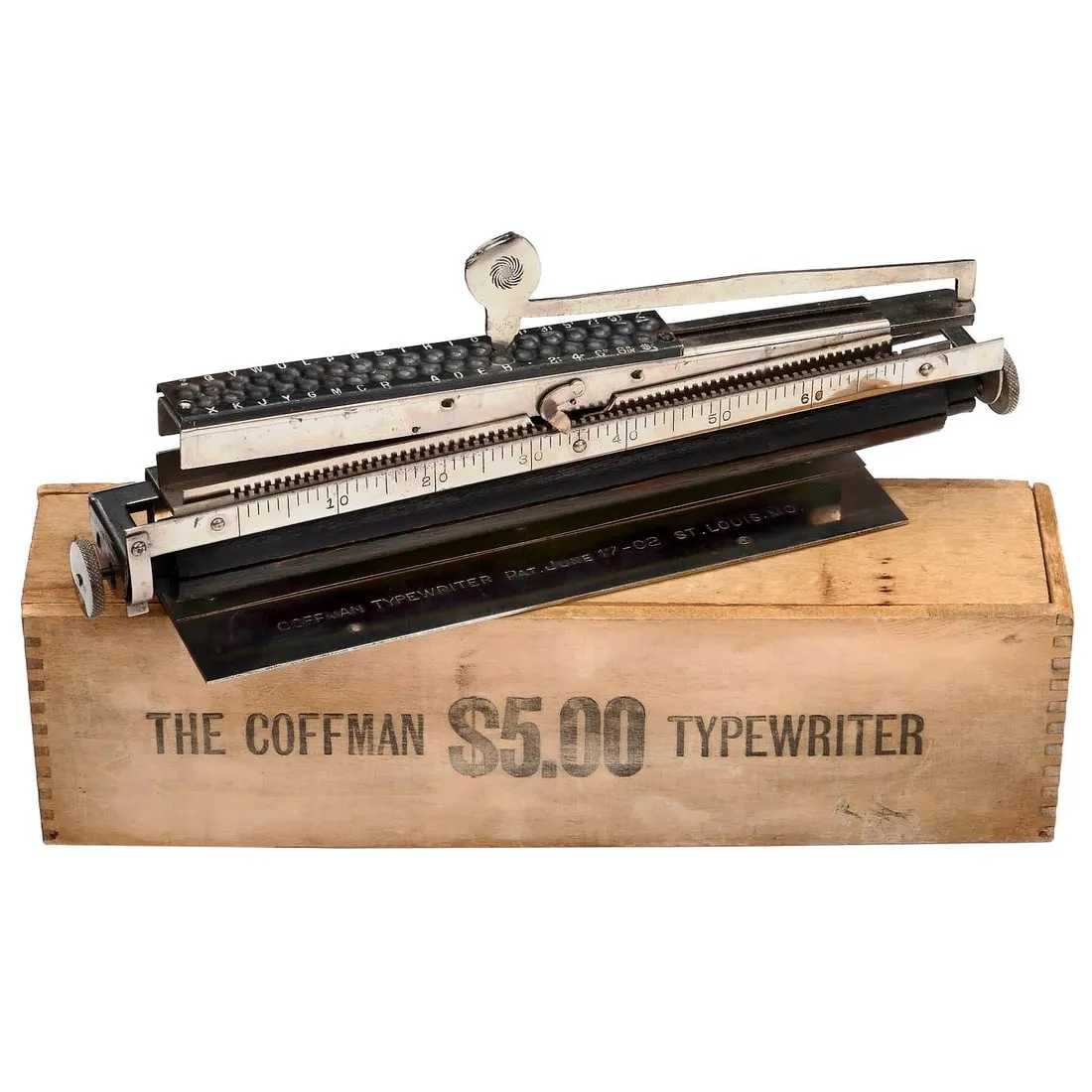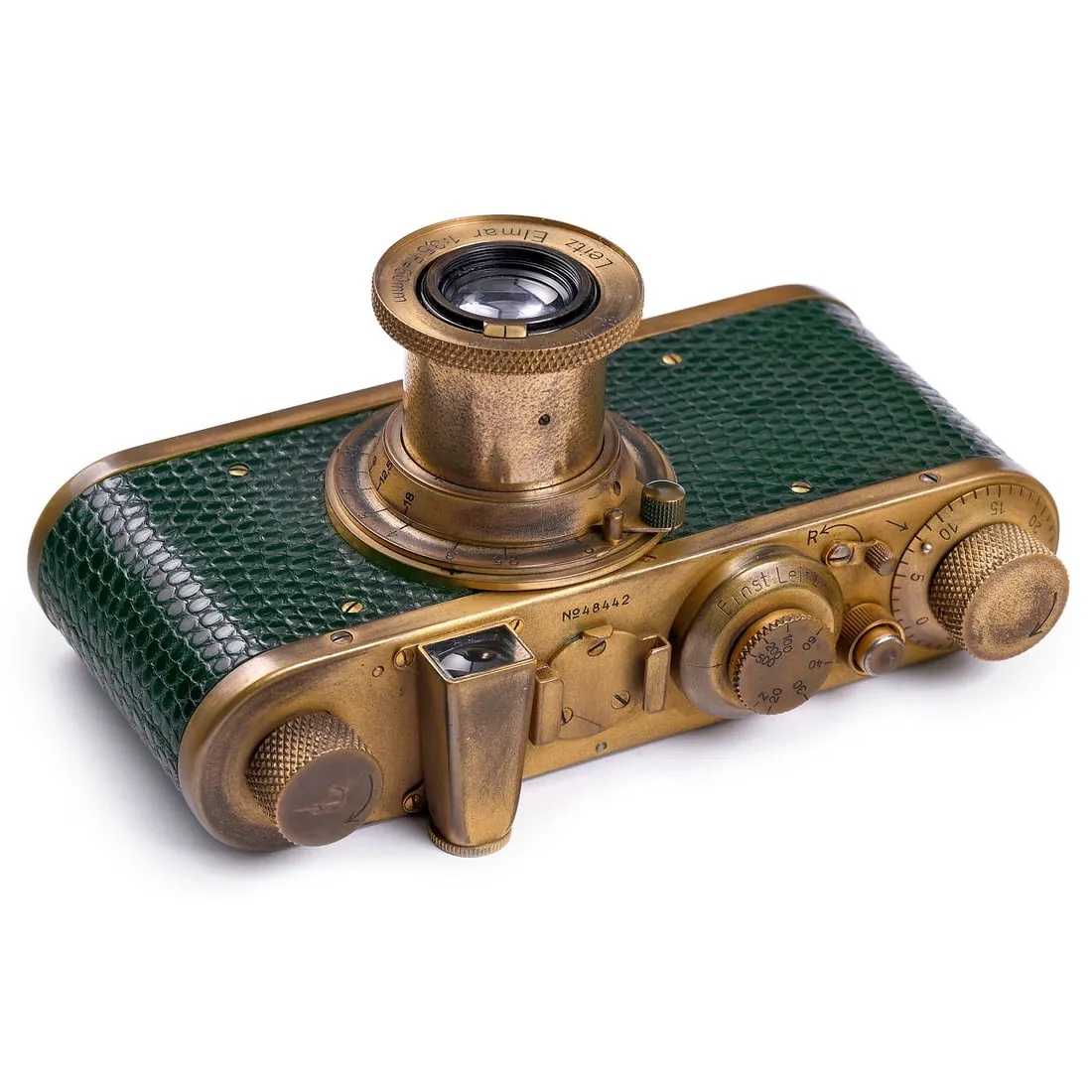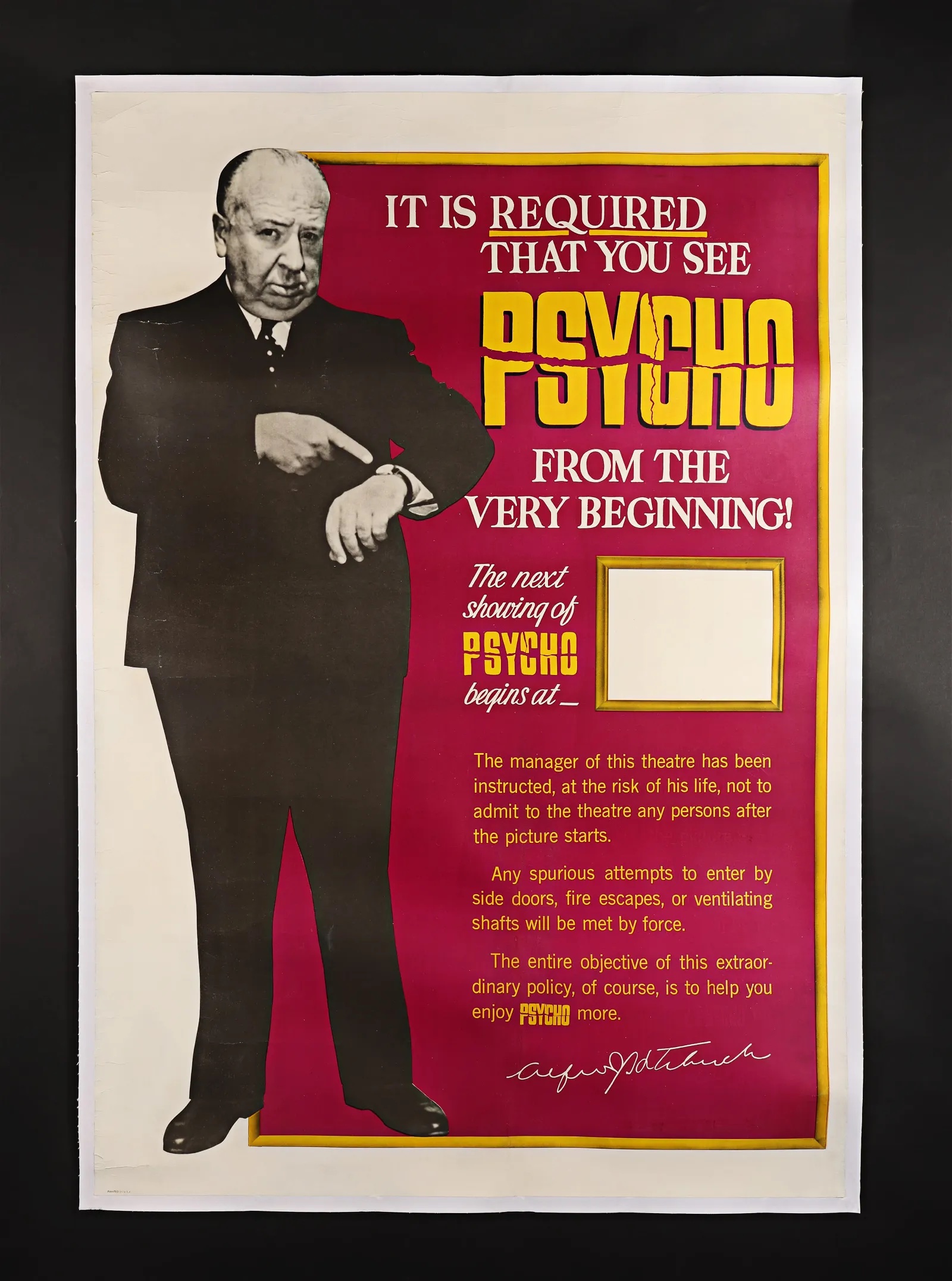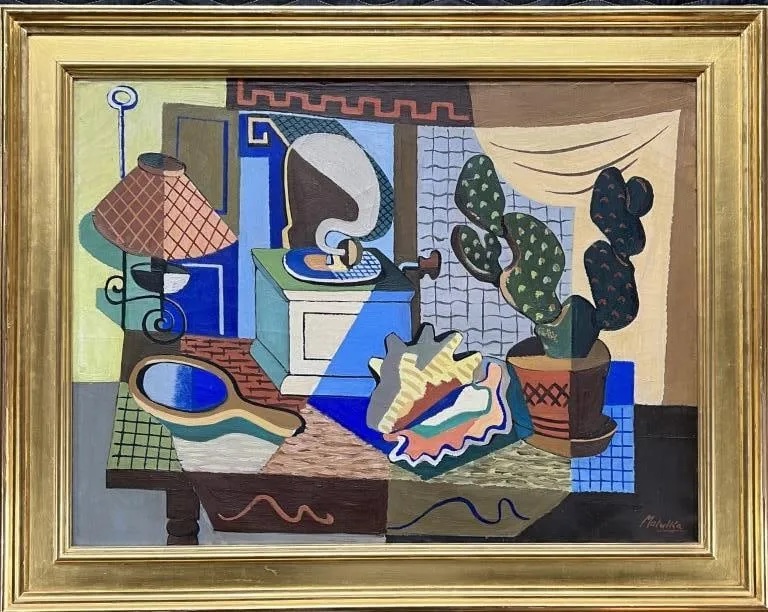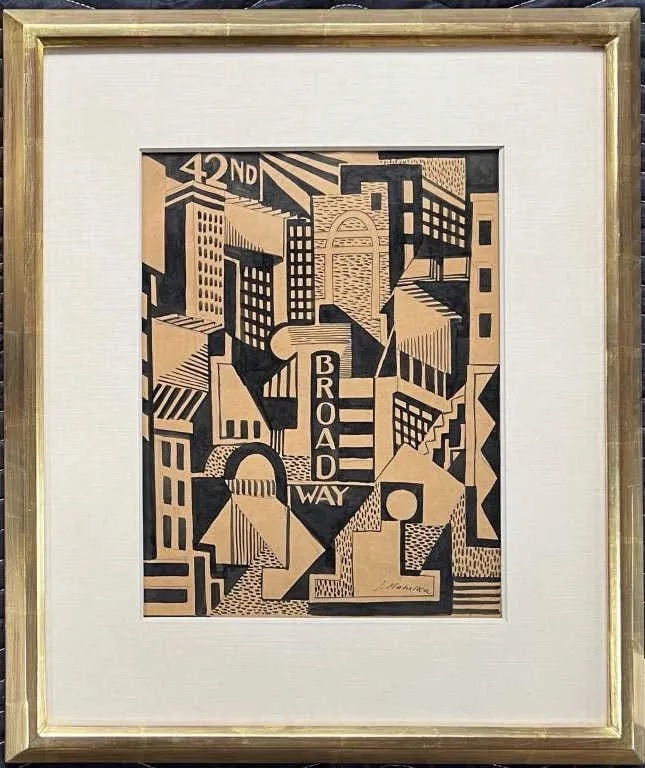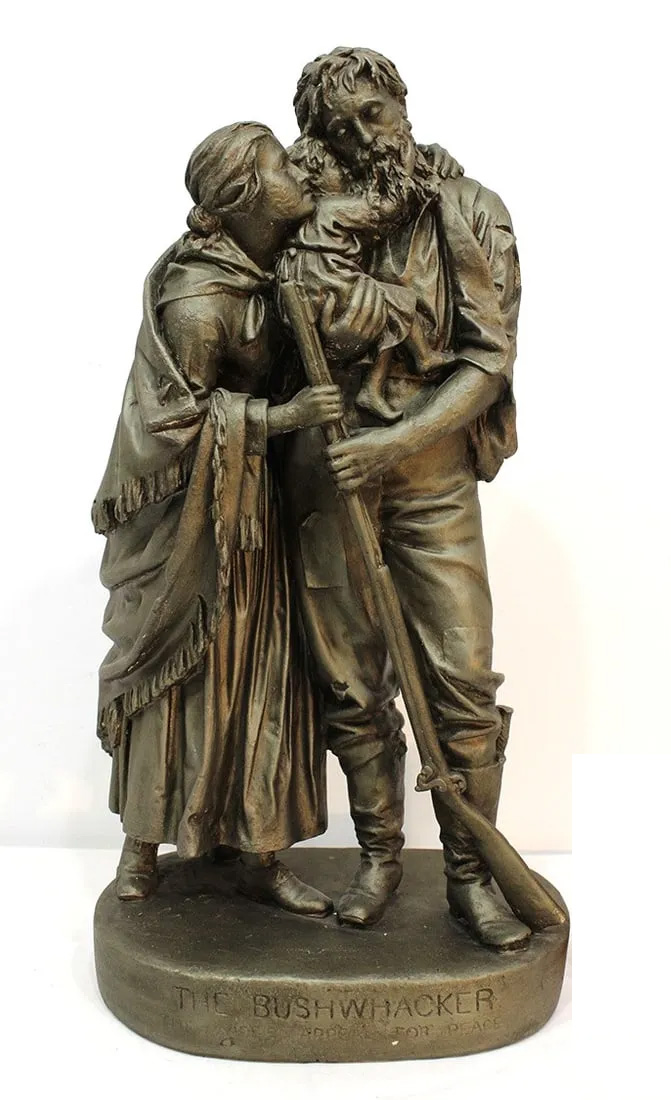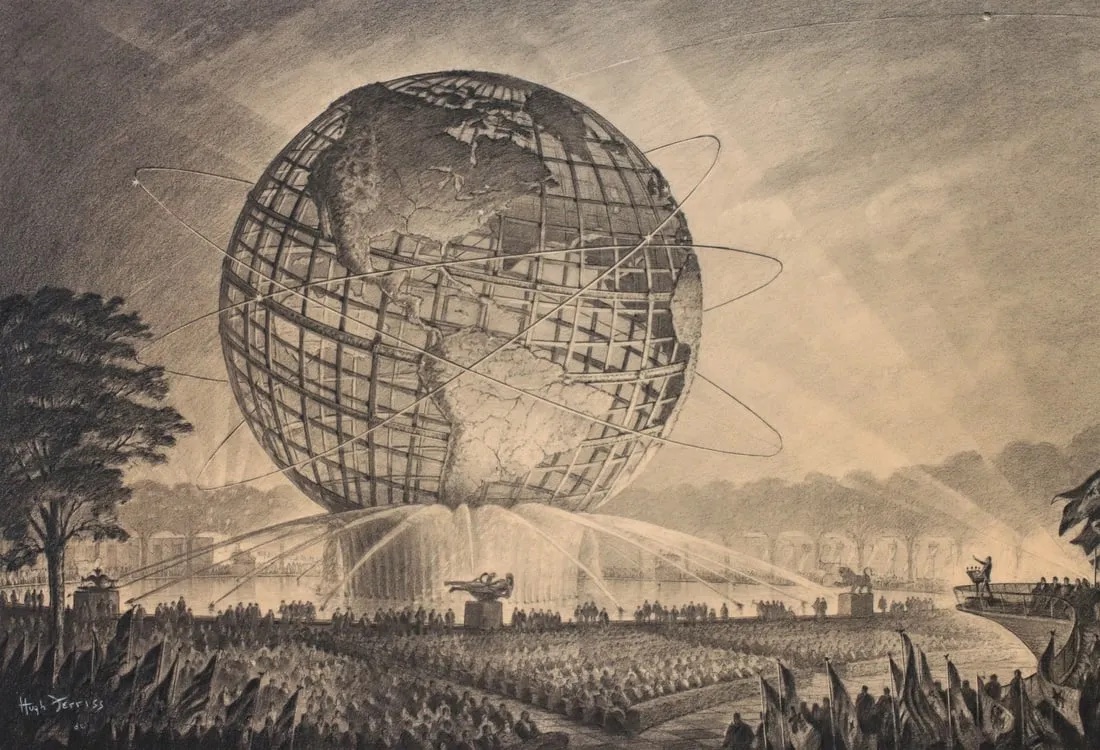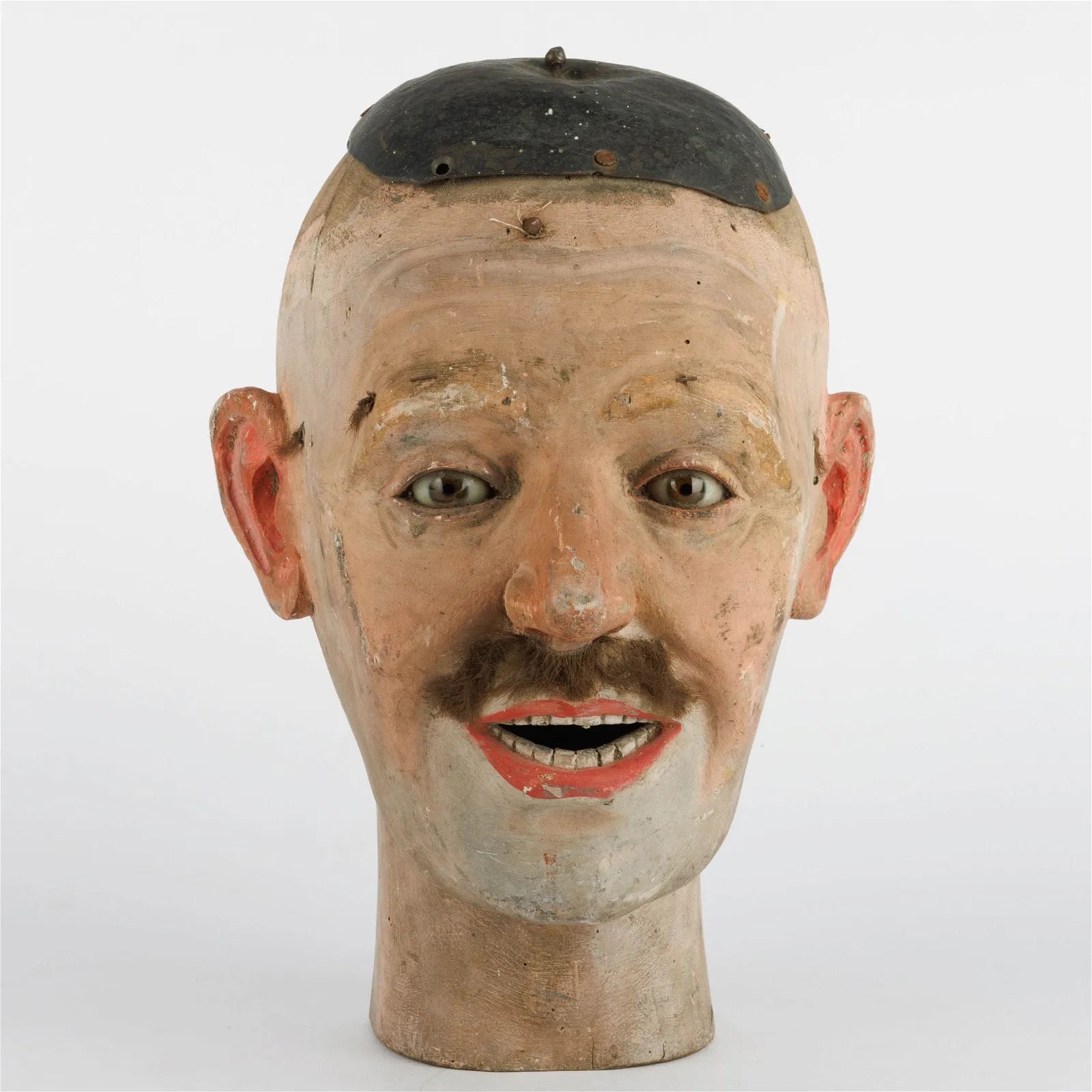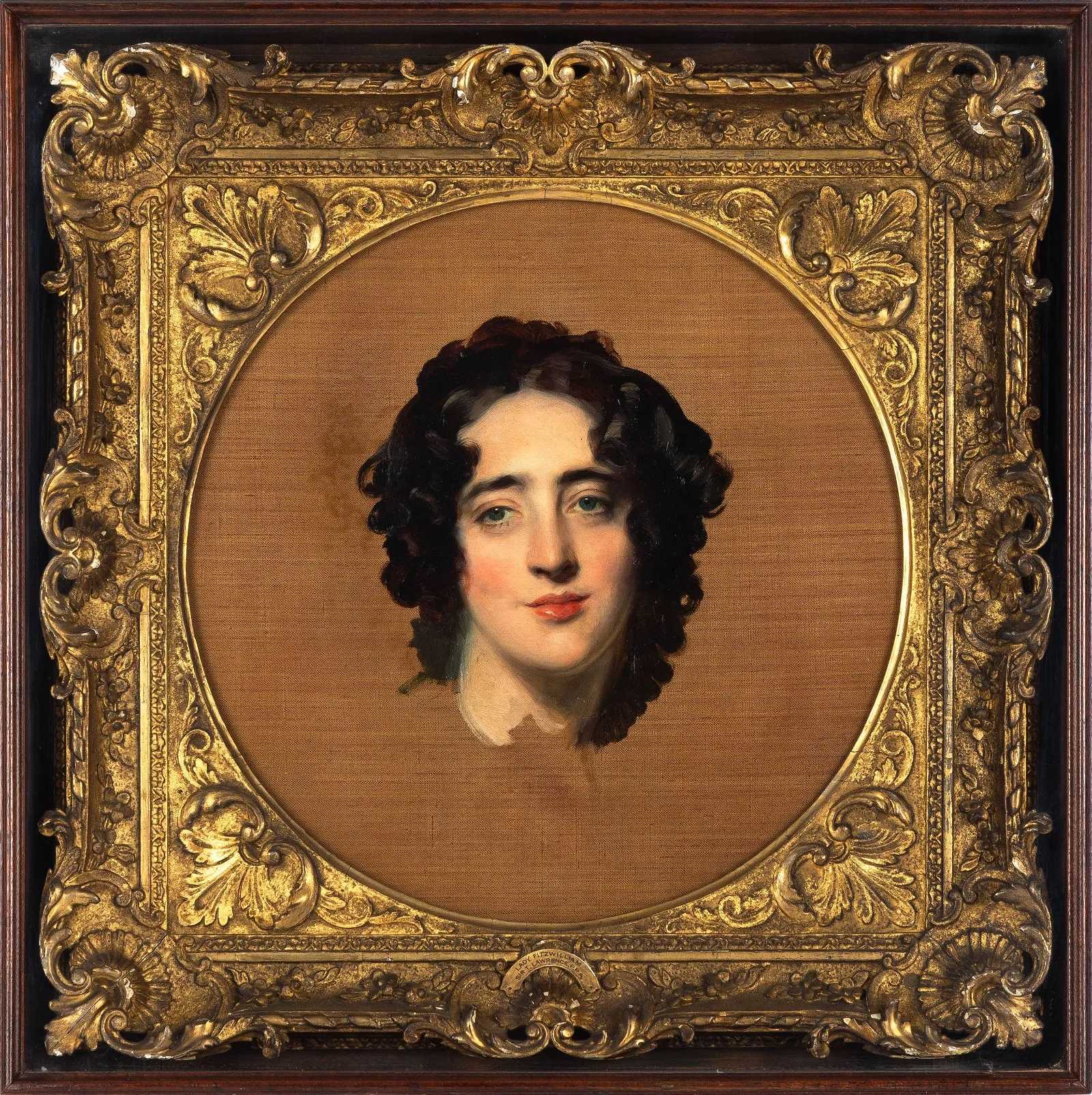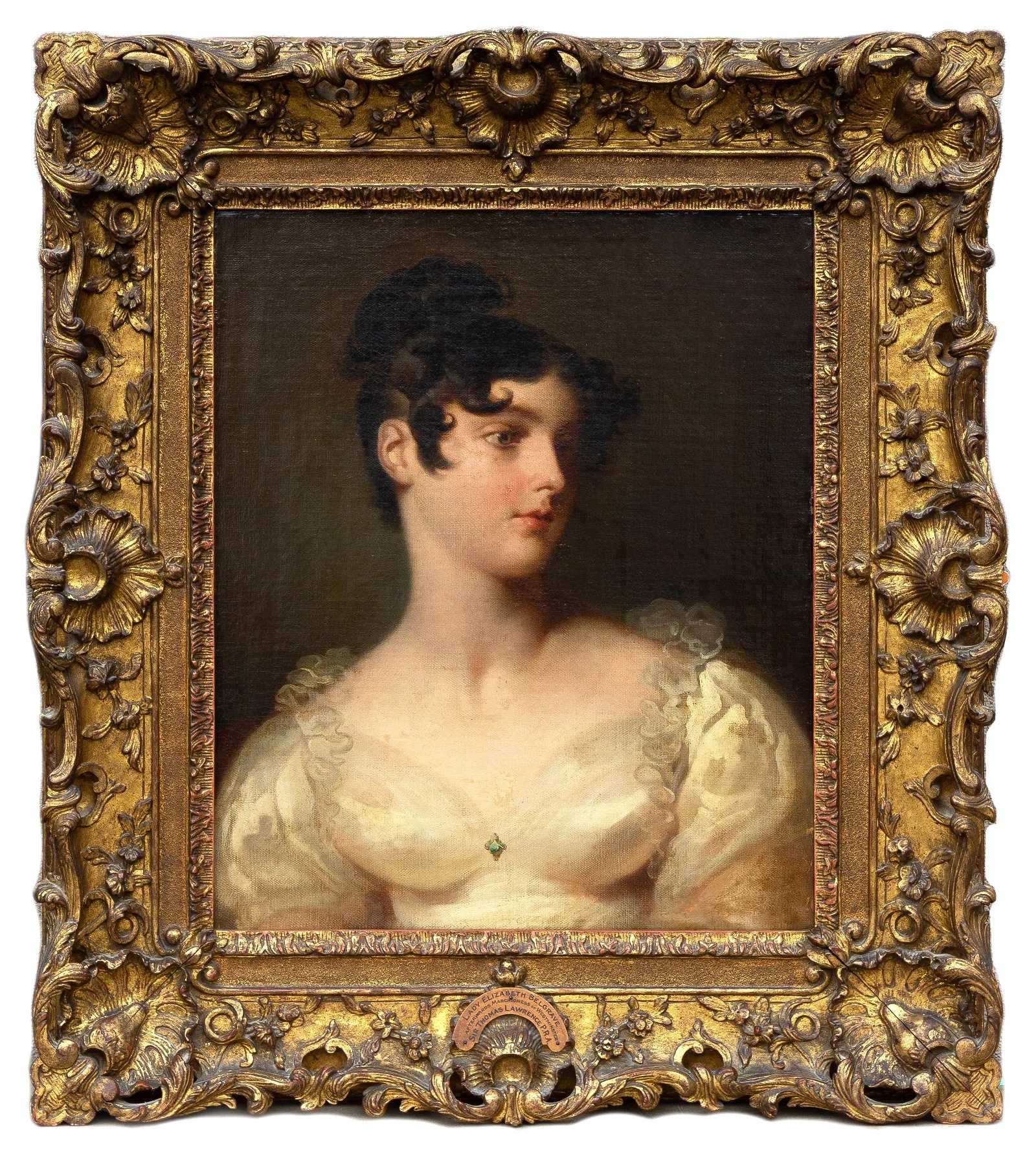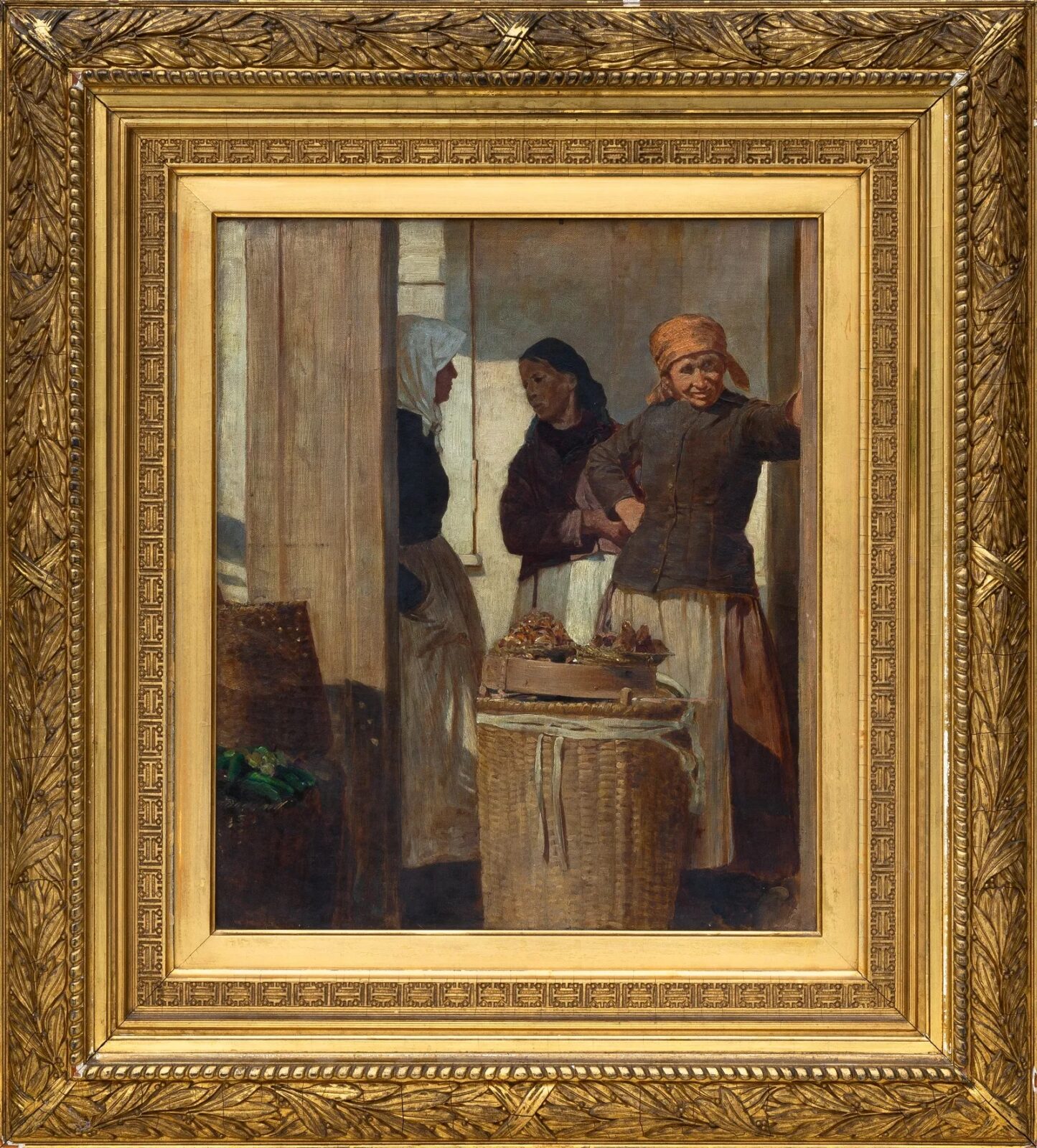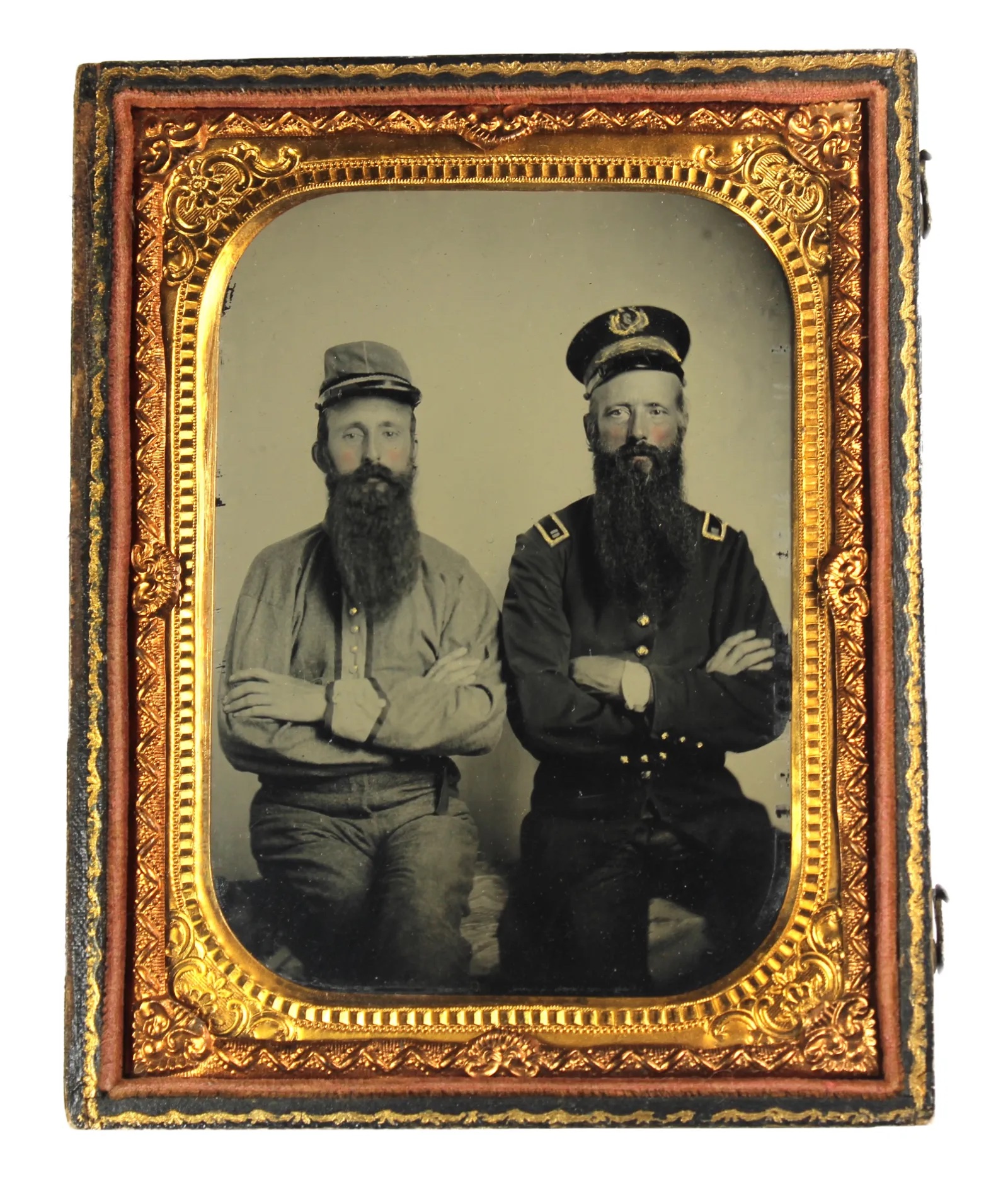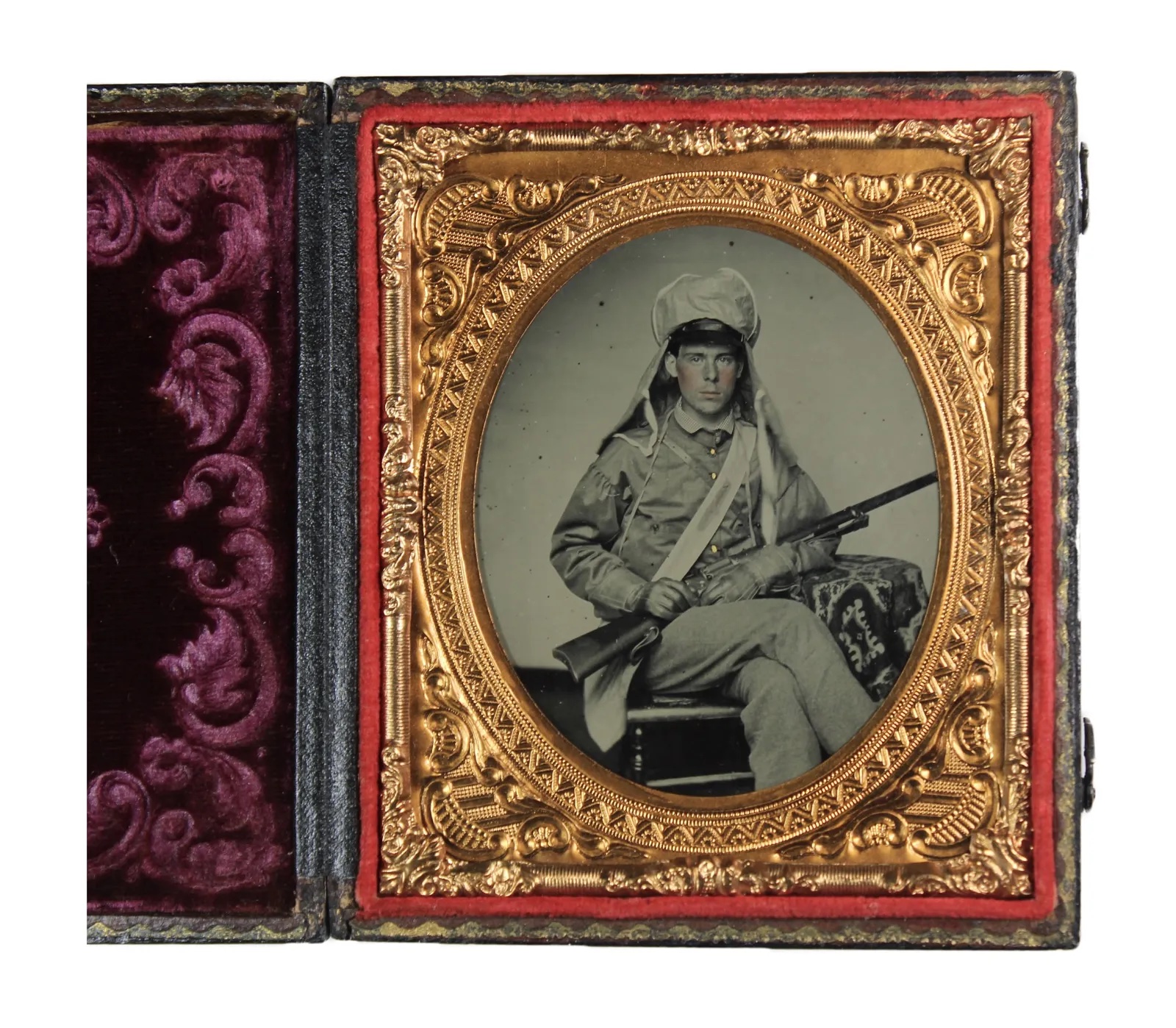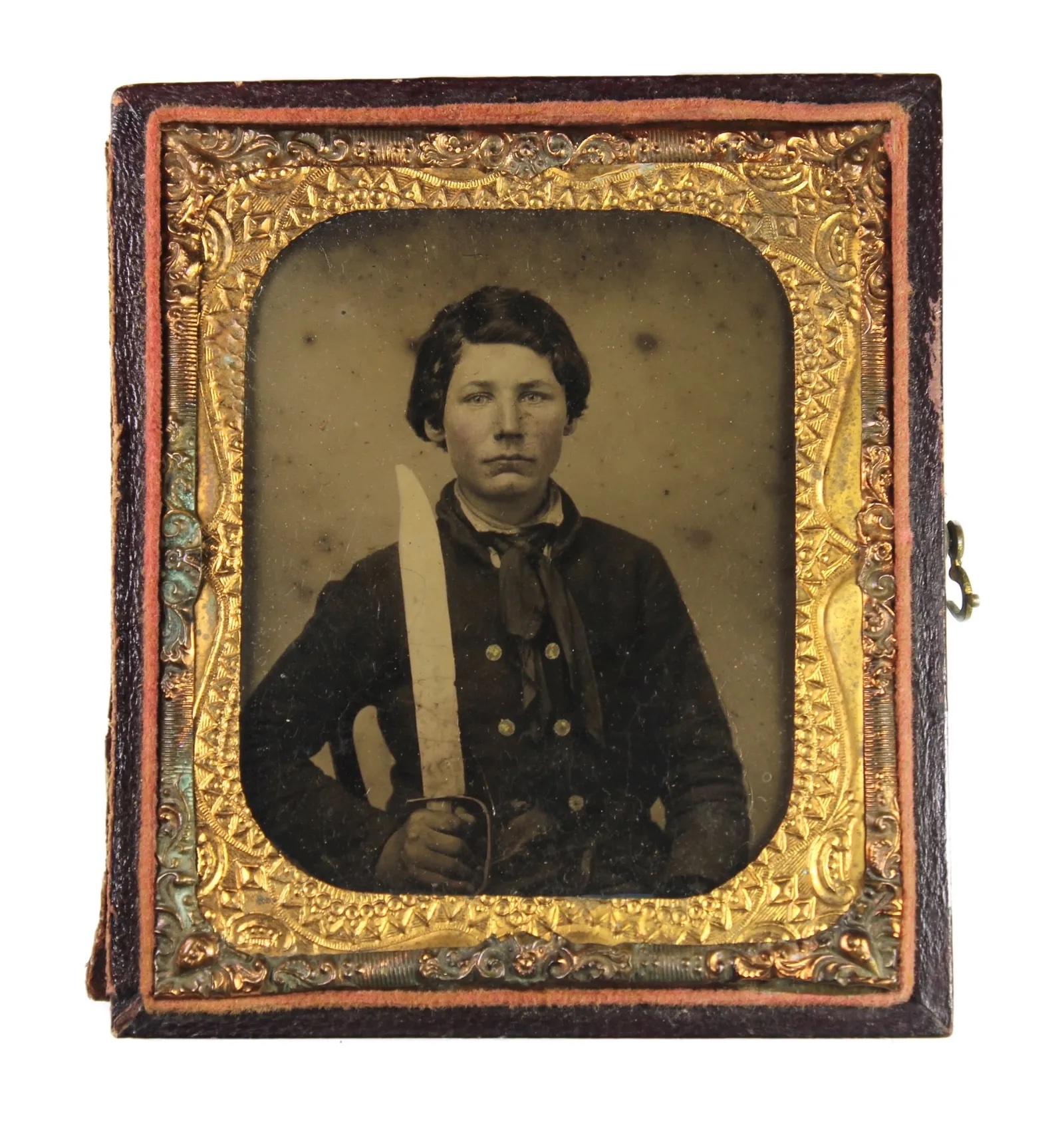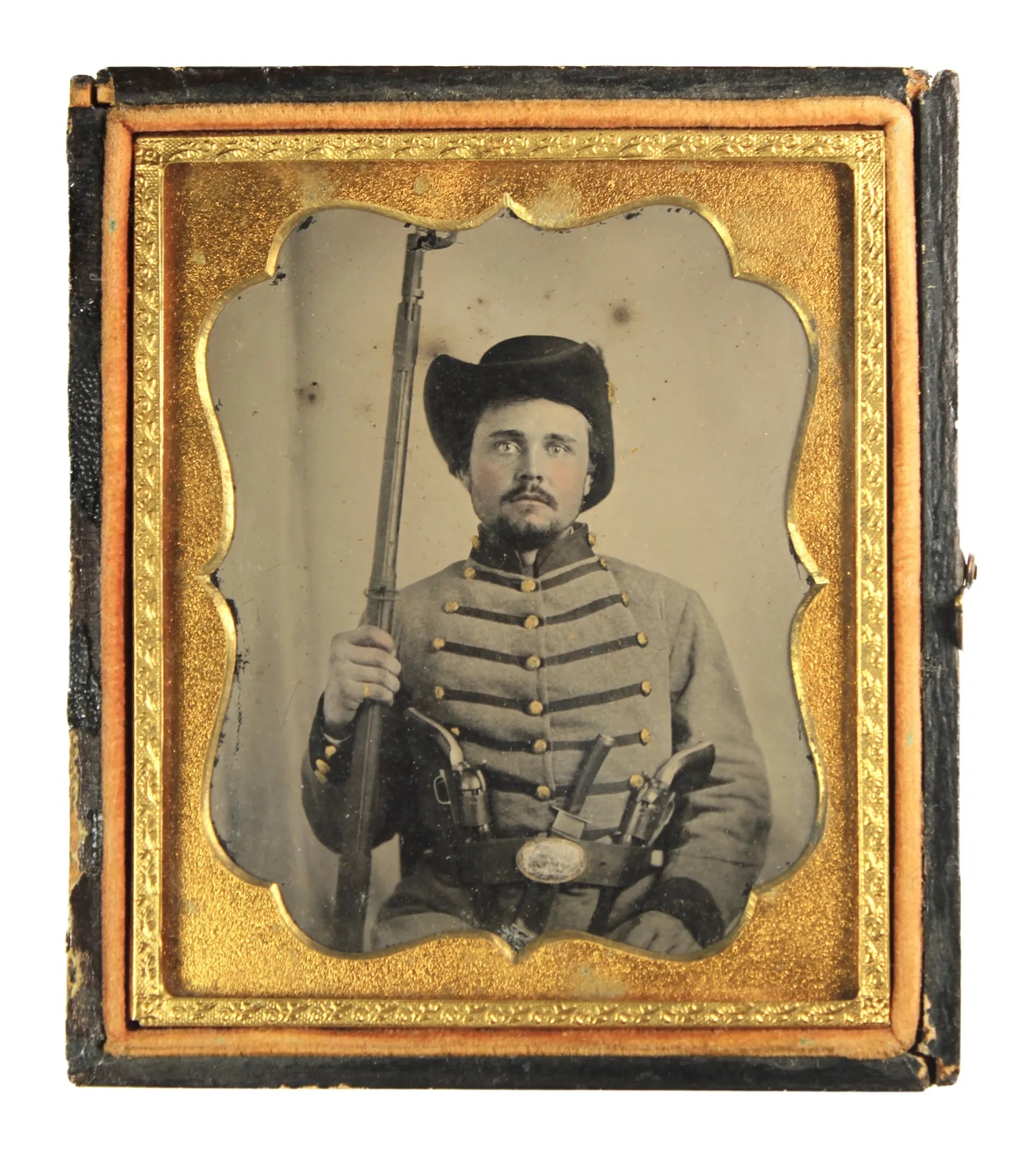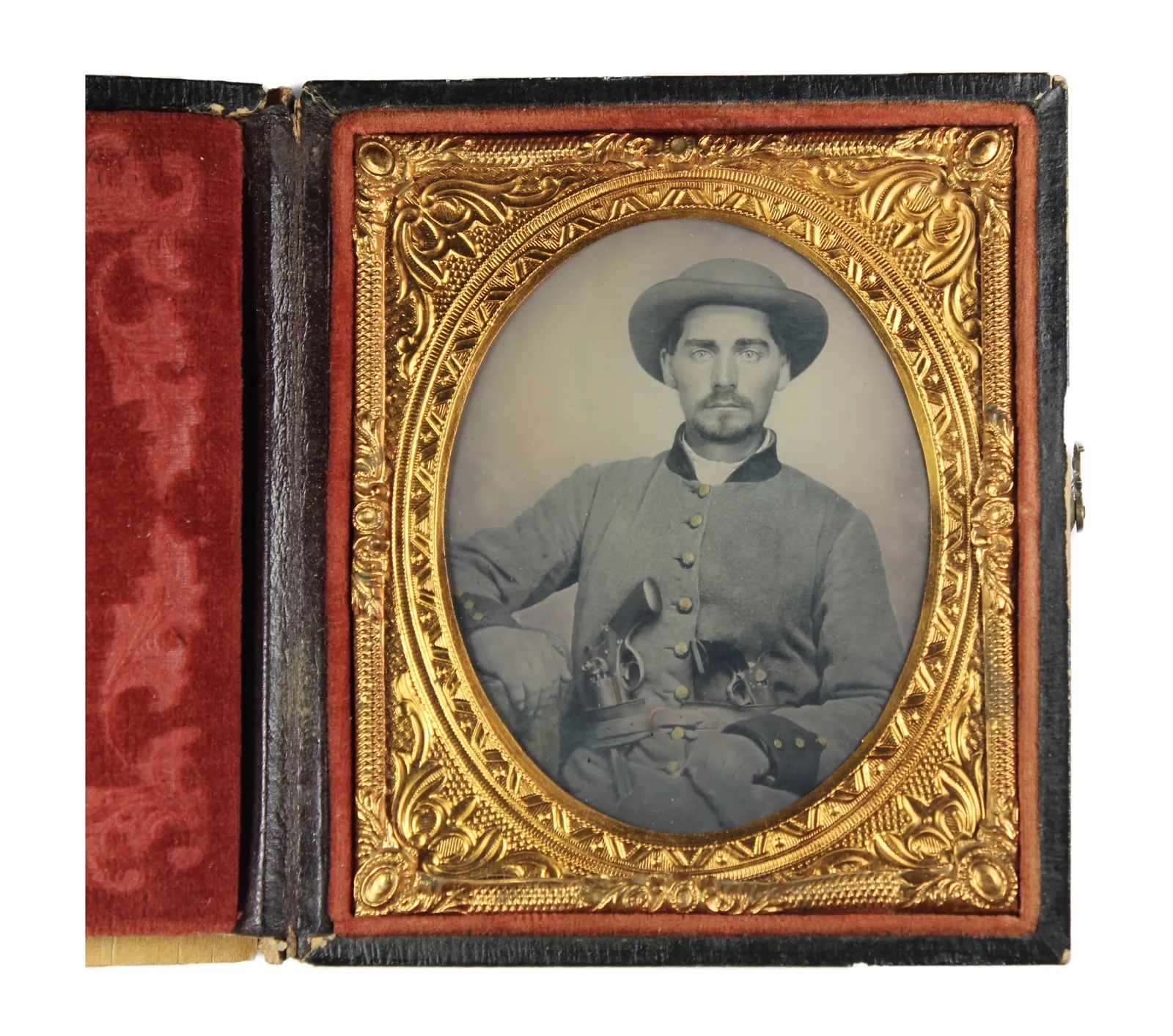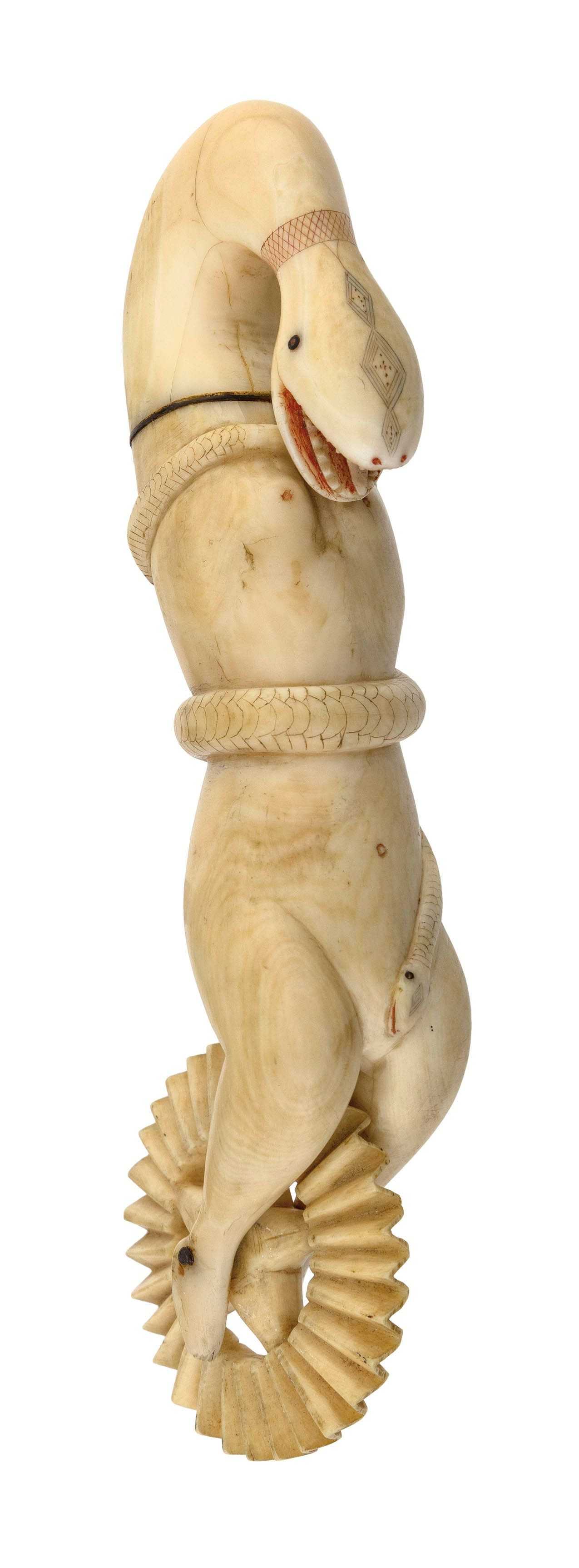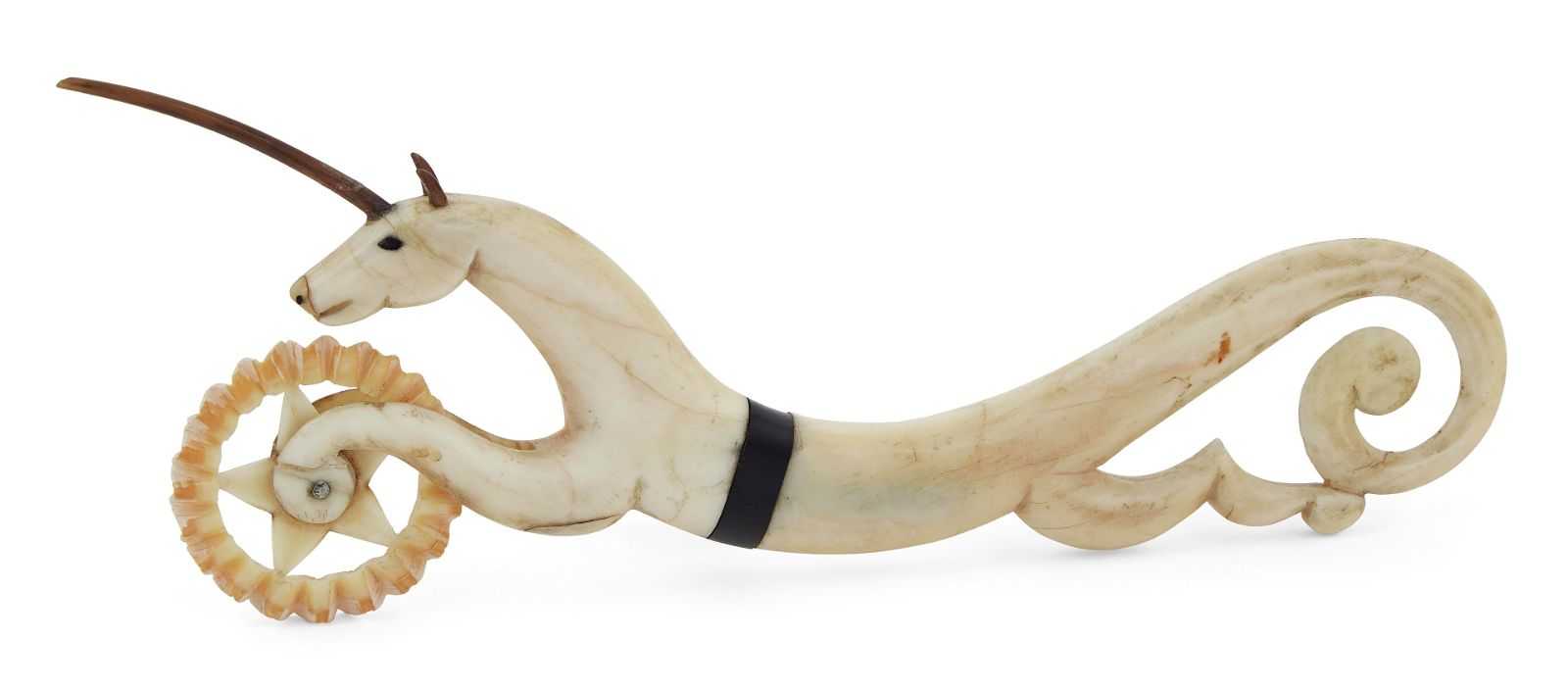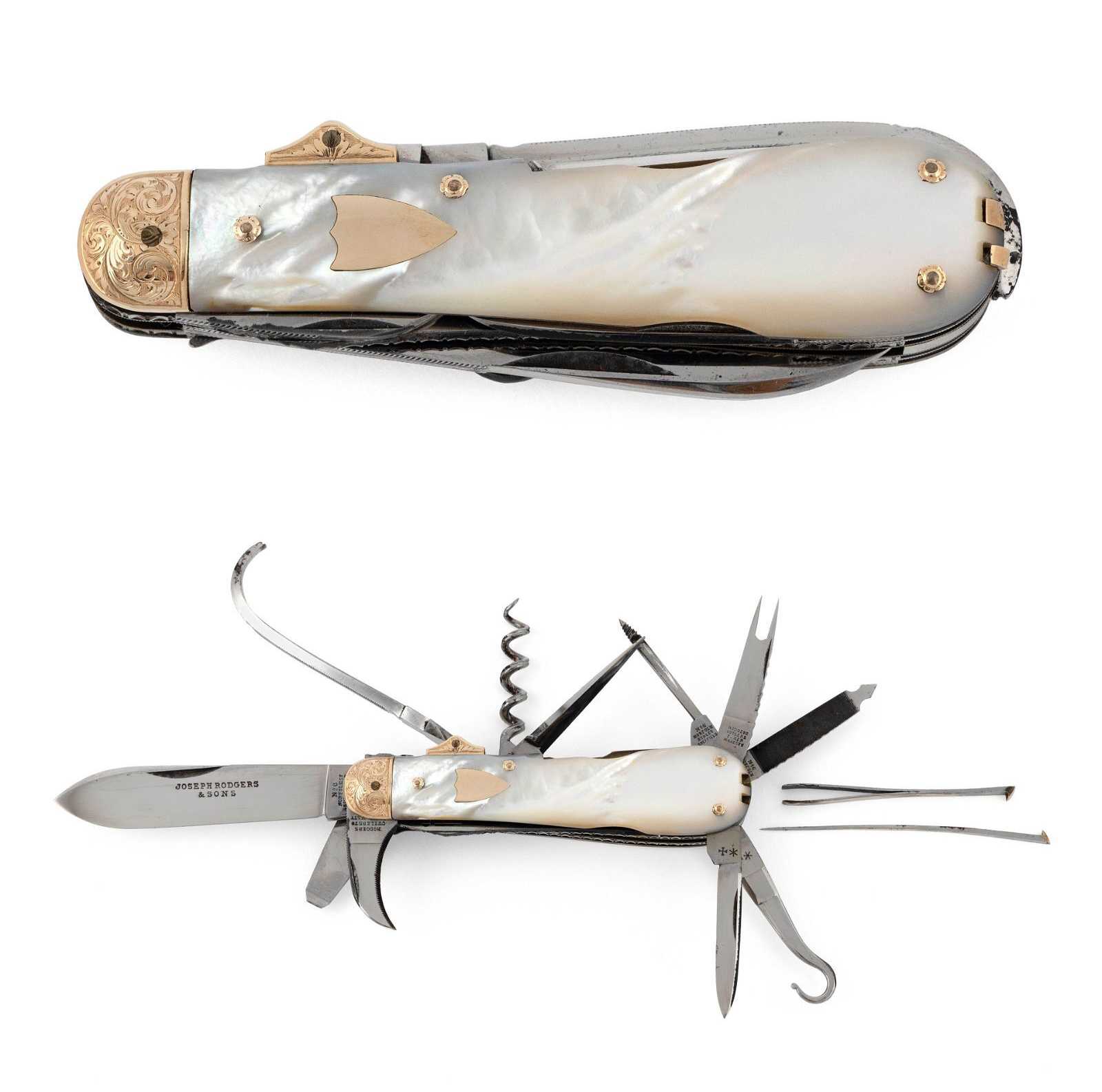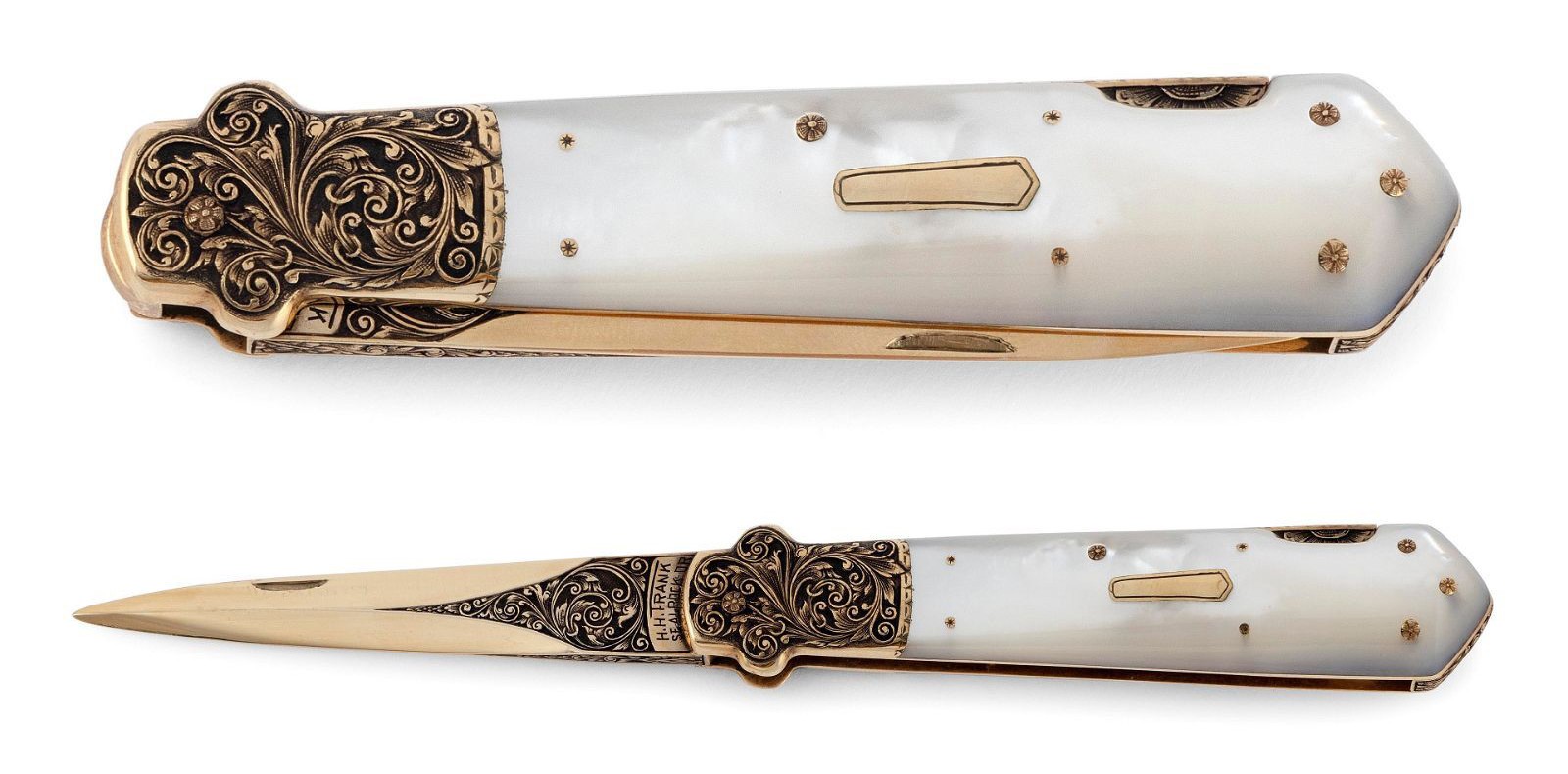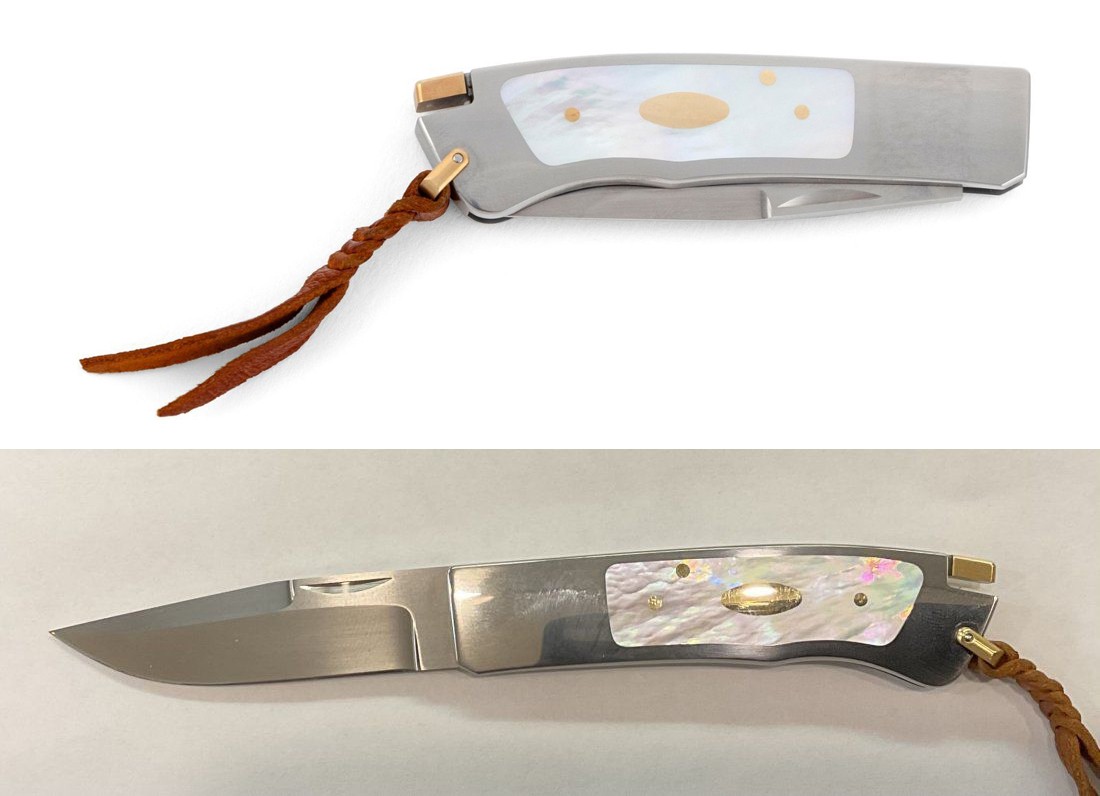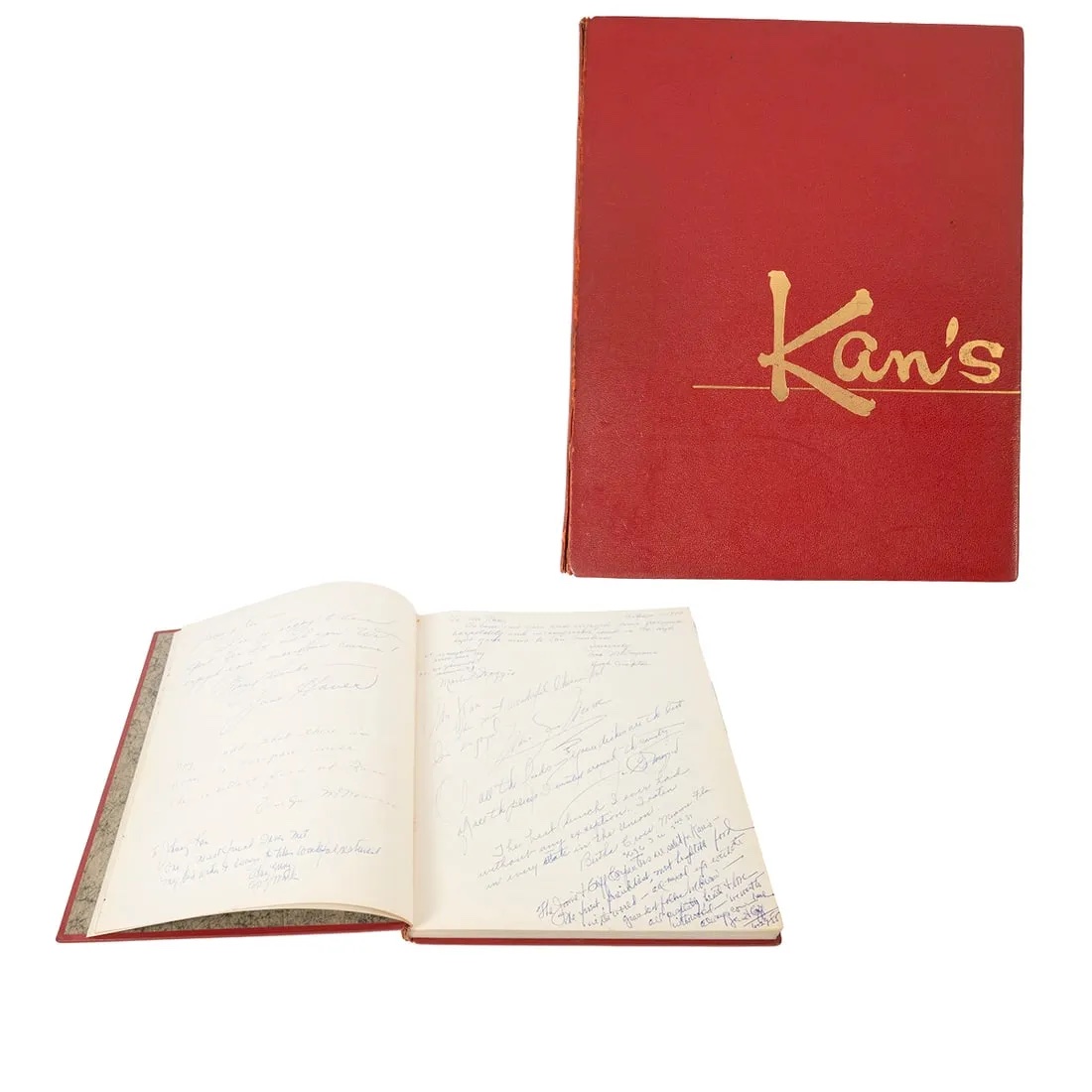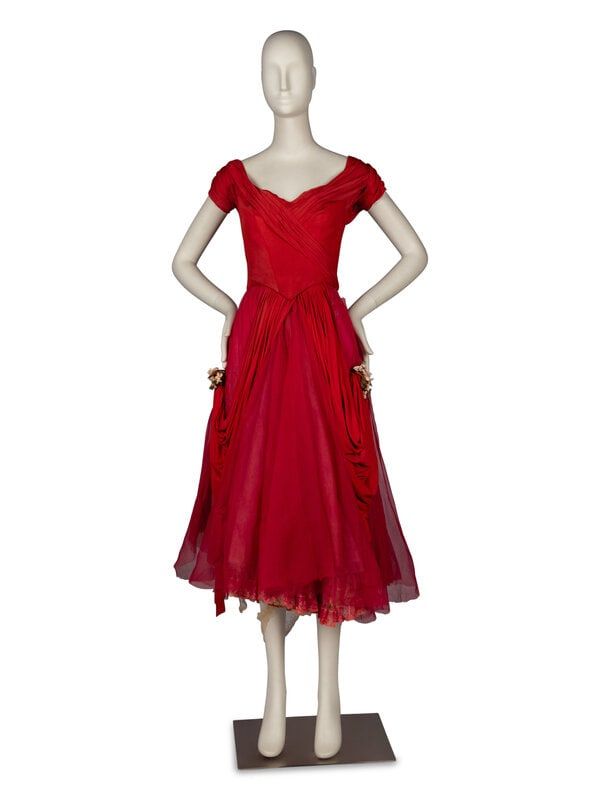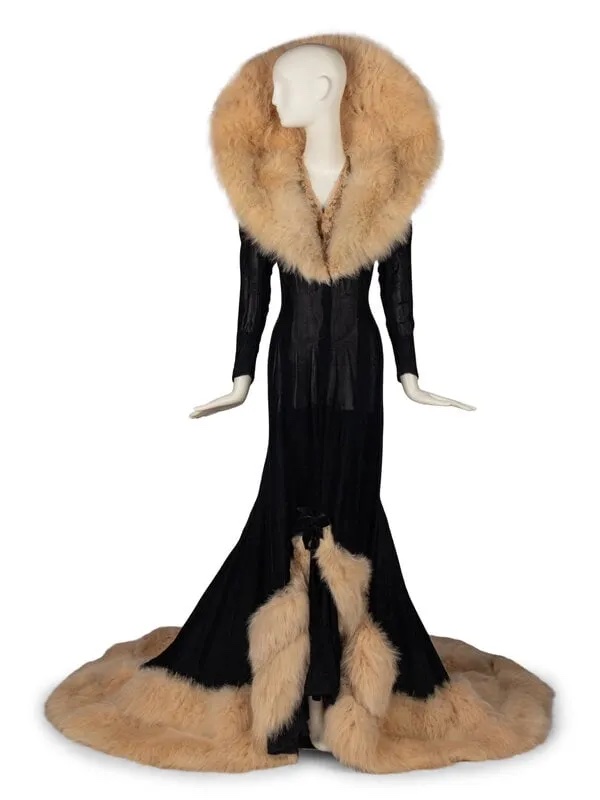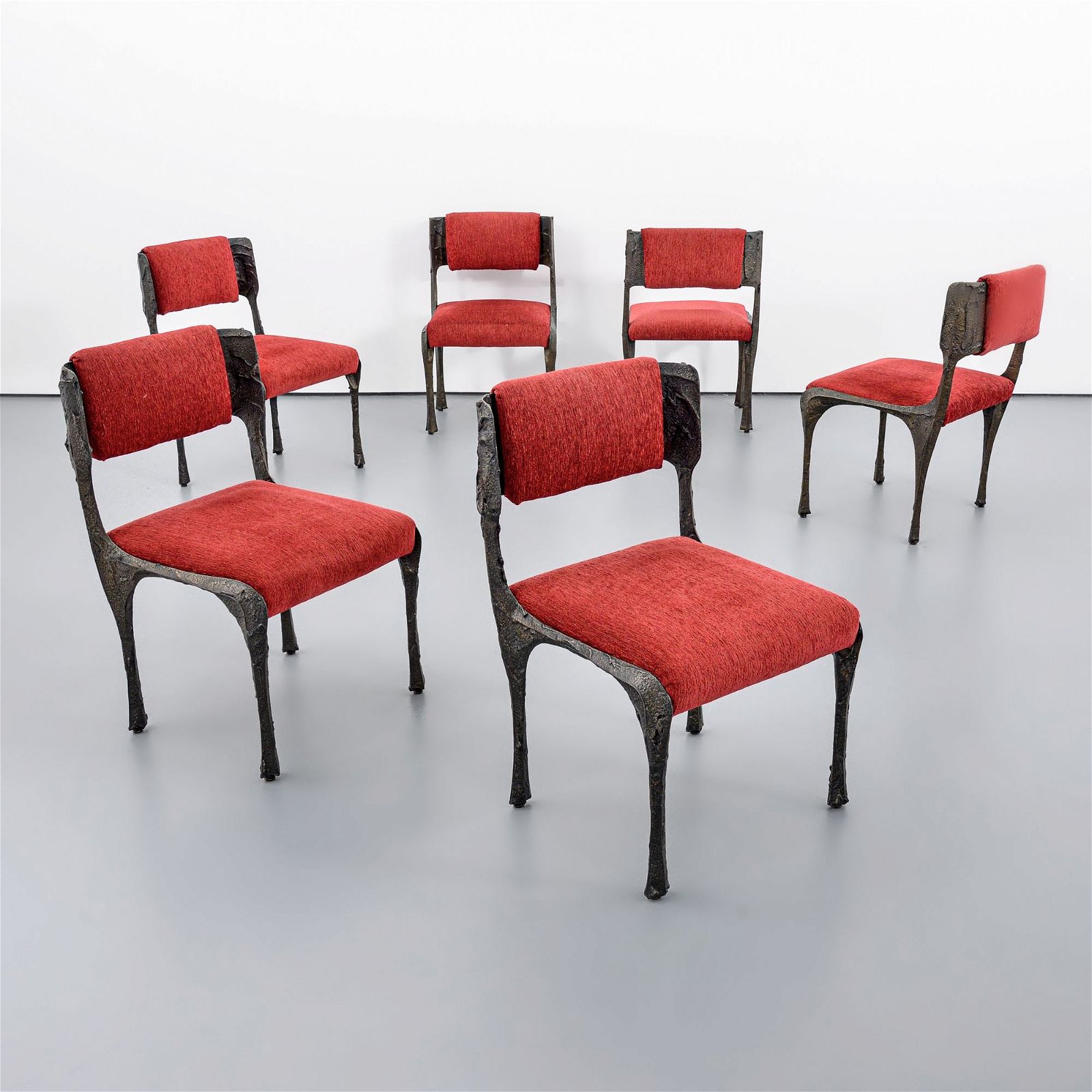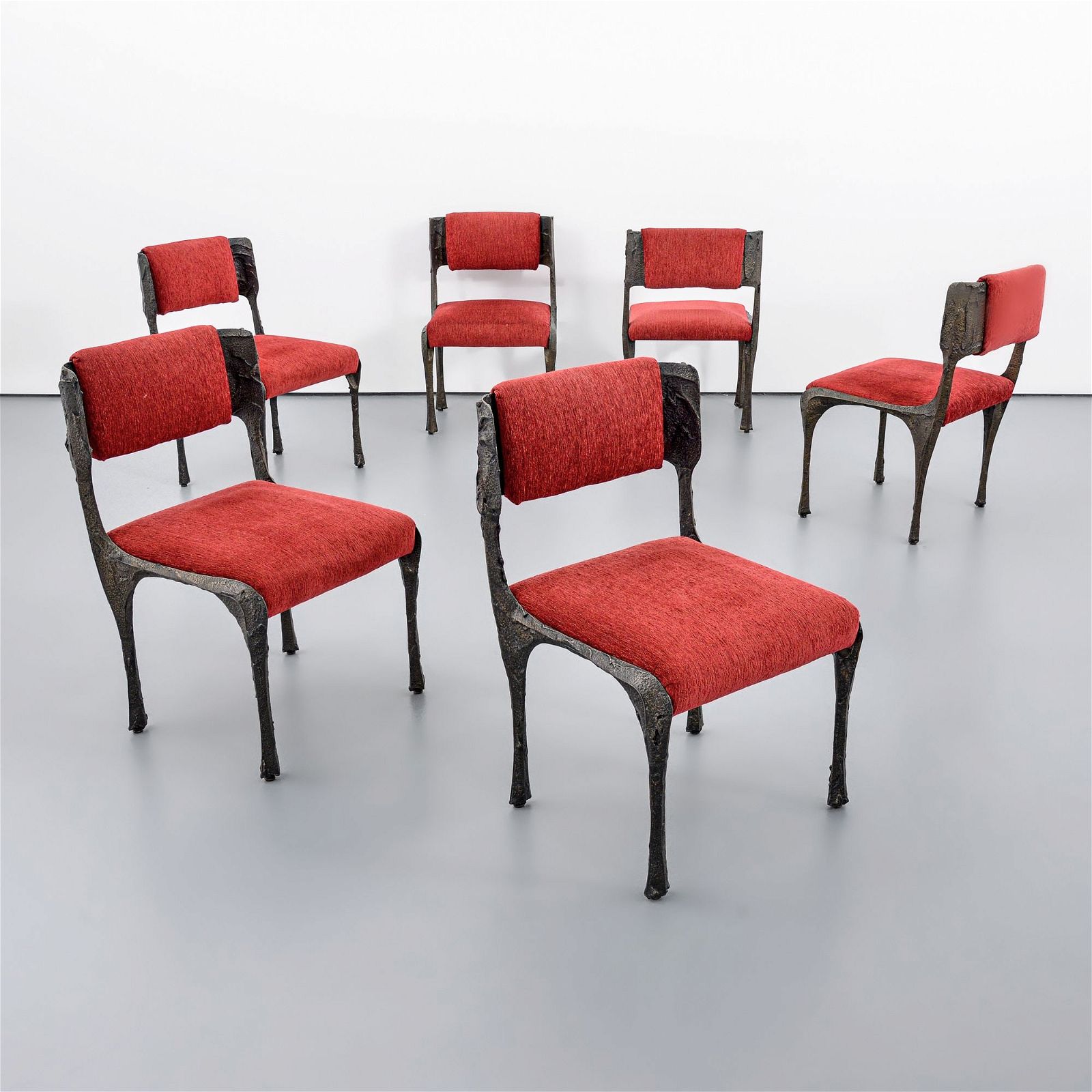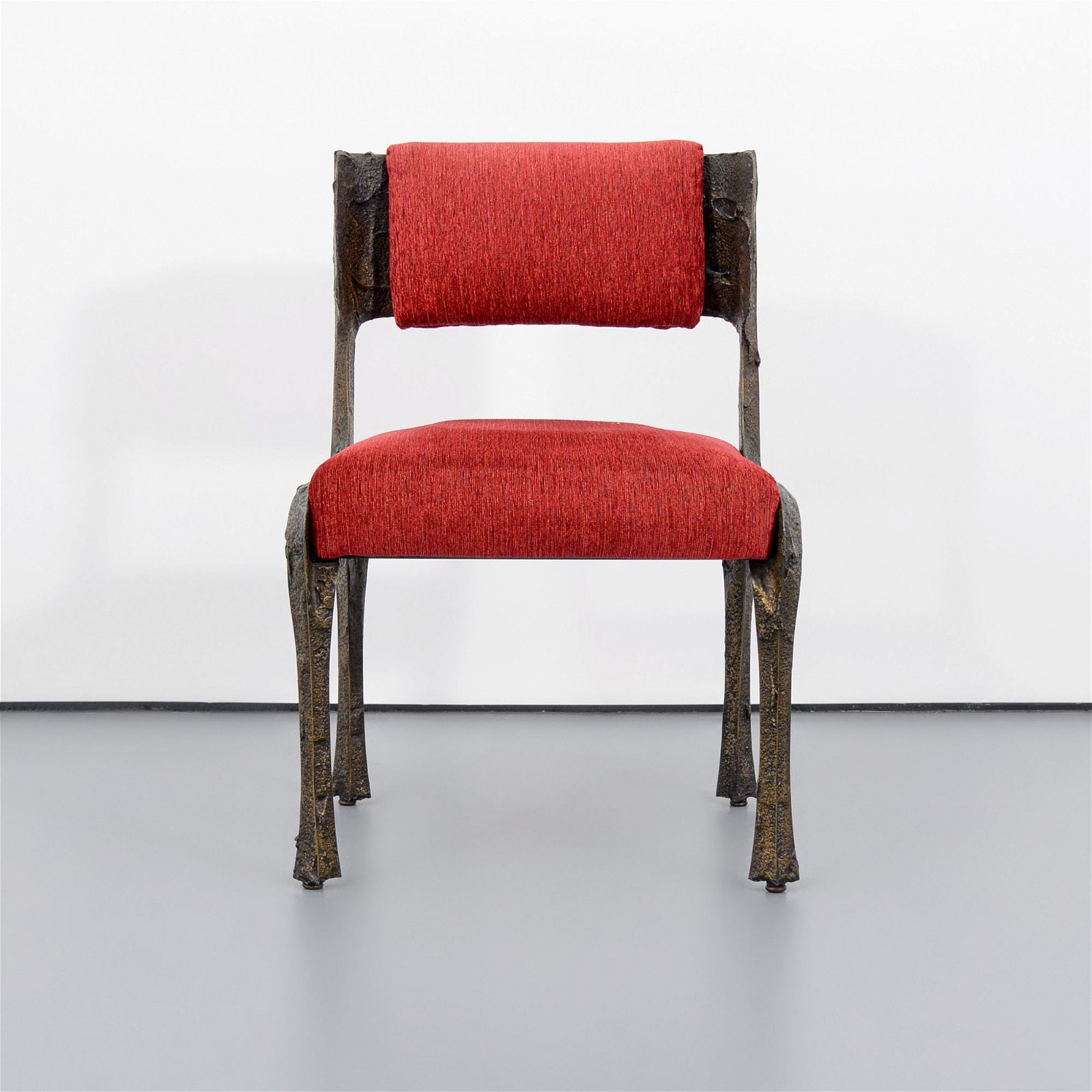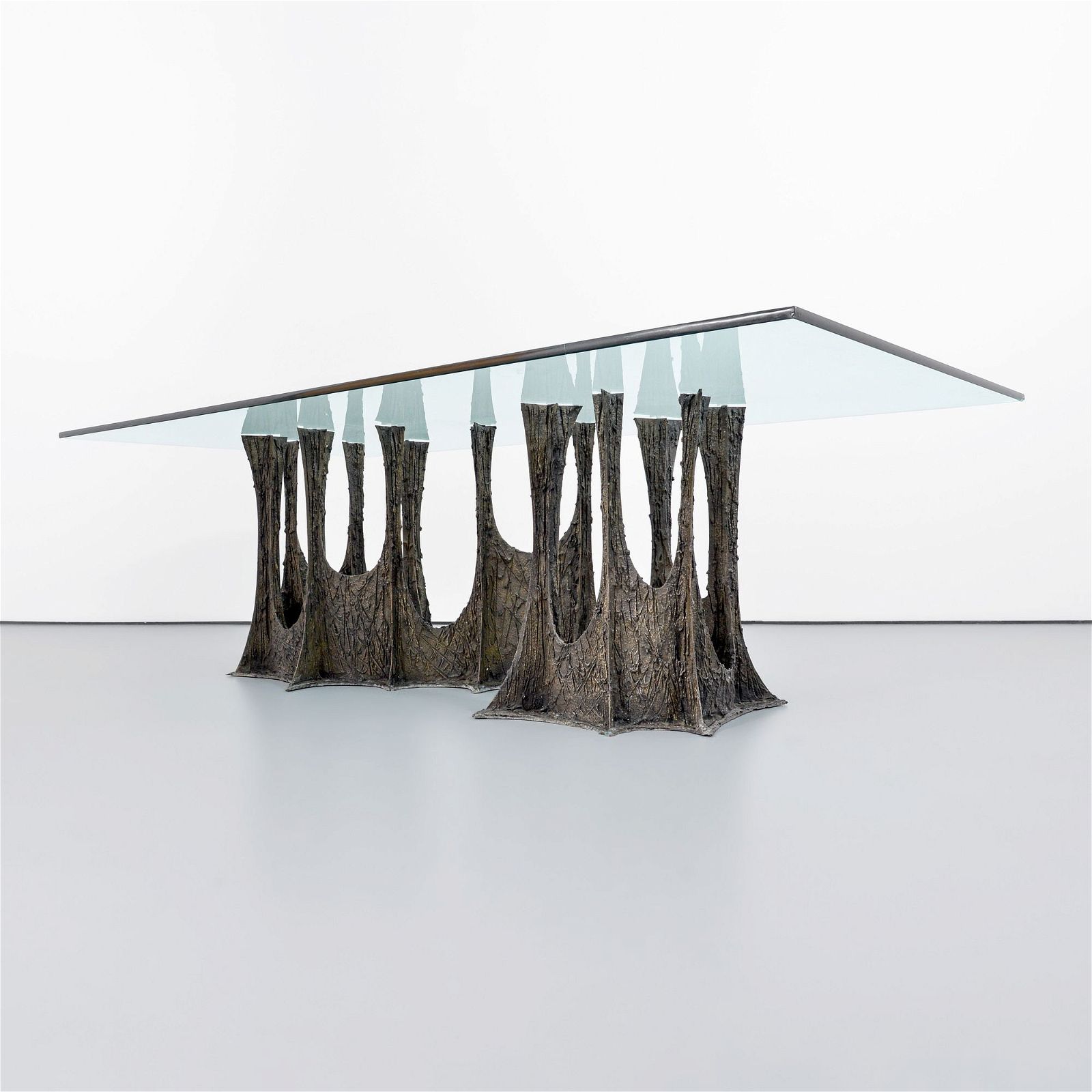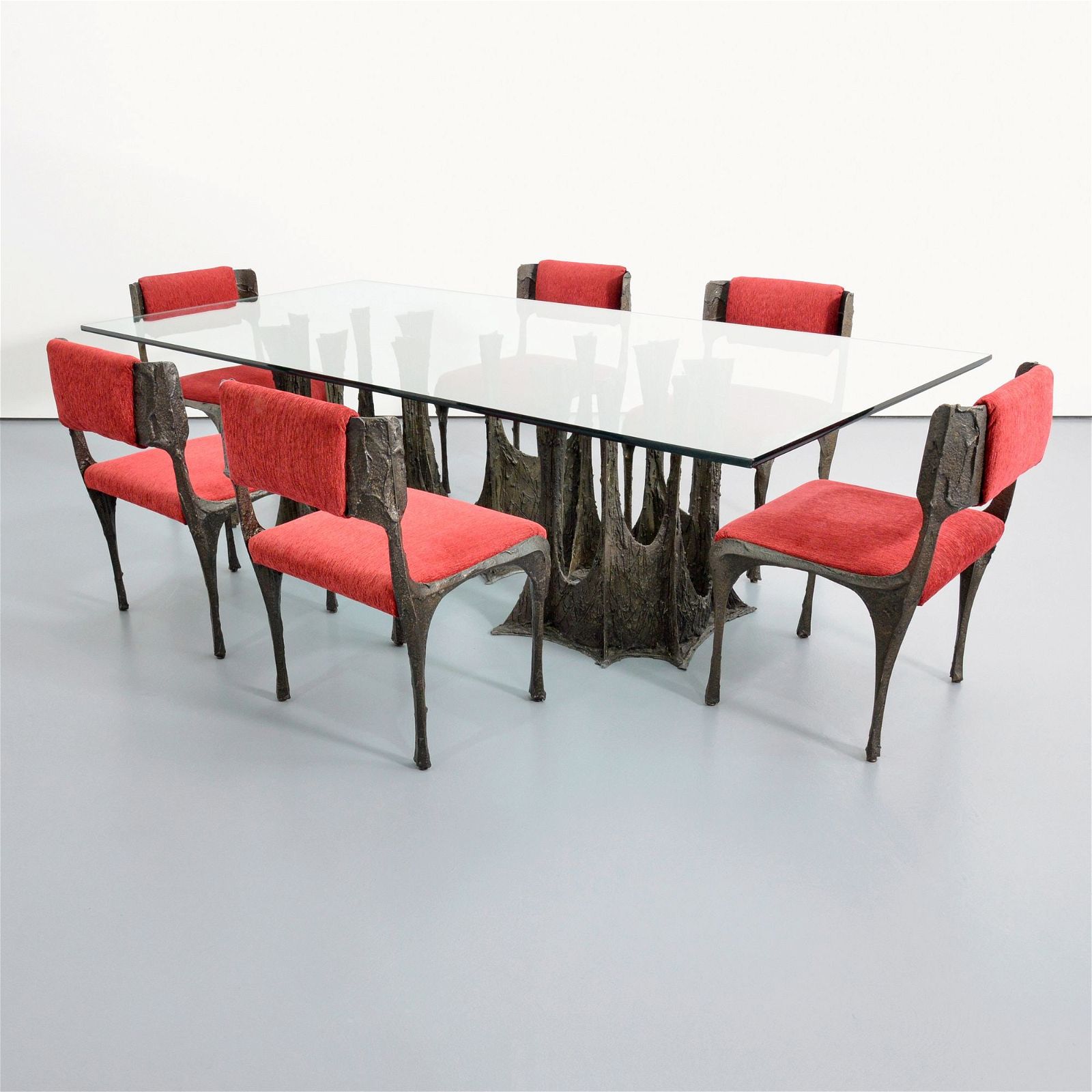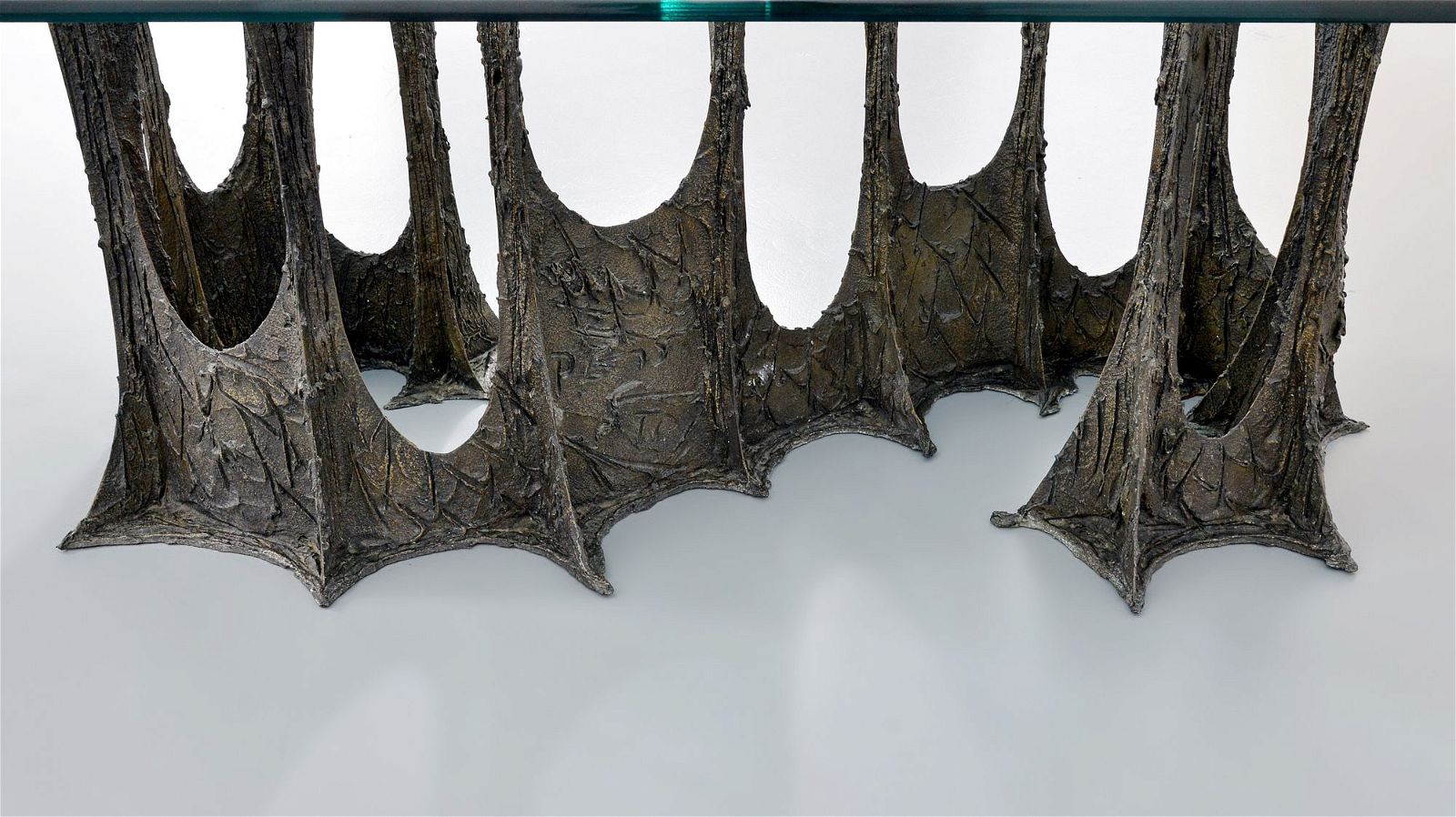Qing Clair-de-lune Bottle Vase with Six-character Yongzheng Mark, $458,500
CHICAGO – The standout performance in the March series of Asian art sales was a Qing monochrome clair-de-lune bottle vase offered by Freeman’s Hindman in Chicago on March 24. Estimated at $1,500-$2,500, bidding moved in huge increments – jumping from $11,000 to $50,000 in a single bid – to reach $350,000. It ultimately sold for $458,500 with buyer’s premium.
The pale blue hue of clair-de-lune is one of the most treasured Qing monochrome glazes, and was reserved exclusively for Imperial porcelains. The color, inspired by the celebrated Ru wares of the Song dynasty, appears first in Kangxi porcelain and remained popular throughout the Qing dynasty. However, it reached its aesthetic peak in the reign of the emperor Yongzheng (1722-1735). Known in the West by the term clair-de-lune, meaning moonlight, which was bestowed upon it by 19th-century French connoisseurs, in China the color is simply called tianlan (sky blue).
This 6in (15cm) bottle vase (the form is known as a changjingping) carries a six-character Yongzheng mark to the base, and clearly, multiple bidders believed it was of the period. It was consigned from the family collection of Charles Fleischmann III of Indian Hill, Ohio, whose great-grandfather founded the Fleischmann Yeast Company in Cincinnati – the largest producer of yeast in the world – in 1868.
Joseon Dynasty White Porcelain Reticulated Jar, $256,000
NEW YORK – Reflecting the Confucian ideals of purity and austerity, white porcelain has long been considered the pinnacle of beauty by connoisseurs of Korean ceramics. As early as the 15th century, the royal family adopted white porcelain for ritual and daily use almost exclusively.
At 11in (28cm) high, this spherical reticulated jar is possibly the largest extant example of its type. Dated to circa 1800, it is made up of a separate inner reservoir and an outer pierced wall. It would have been fired in one piece, unlike the large moon jars which were formed in two halves and luted together before being placed in the kiln. Offered at Bonhams’ sale of Fine Korean and Japanese Art on March 21, from an old private Japanese collection, it was estimated at $200,000-$300,000 and got away at the lower number ($256,000 with buyer’s premium).
Black Lacquer Five-case Inro by Yamada Jokasai, $49,920
NEW YORK – More items from the celebrated collection of netsuke and sagemono formed by Miami physician Joseph Kurstin were offered by Bonhams on March 21. The 55 lots of inro featured a selection of works by a veritable who’s who of carvers and lacquer workers. Leading the sale at $39,000 ($49,920 with buyer’s premium) against an estimate $15,000-$20,000 was this black lacquer five-case box signed Yamada Jokasai – a reference the lineage of Yamada family artists active in the Edo and the beginning of the Meiji period. Dated to the 19th century, it is skillfully worked on one side with a scene of two courtesans walking at night with details of the design that would be in shadow created in yamimaki-e (black-on-black lacquer). It was last sold as part of the Charles Greenfield collection at Sotheby’s New York in March 1998.
Qianlong ‘Imitation Bronze’ Pear Shape Vase, $40,960
NEW YORK – Bonhams’ 10 sales during Asia Week began with a selection of Qing ceramics and archaistic jades deaccessioned from the Metropolitan Museum of Art on March 18. Comprising 174 lots, all of which were offered without a reserve, the sale included pieces given to the museum by 24 Gilded Age patrons, including financier John D. Rockefeller Jr. (1874-1960), art dealer Samuel Putnam Avery (1822-1904), and coal magnate Samuel T. Peters (1854-1921).
This 18th-century ‘imitation bronze’ pear shape vase was acquired from Samuel Avery in 1879. The iron rust glaze was an innovation made during the reign of the Yongzheng emperor and became popular during the Qianlong period when this 7in (18cm) vase was made. Estimated at $8,000-$12,000 it took $32,000 ($40,960 with buyer’s premium).
The Met annually deaccessions works of art following a comprehensive review, with the funds enabling the museum to prioritize new acquisitions.
Yongzheng or Early Qianlong ‘European Subject’ Enamel Dish, $47,360
NEW YORK – The technique of painting enamel on copper was a key part of the East-West cultural exchange at the Qing court. This early 18th-century enameled bowl, combining traditional Chinese designs with European subjects and techniques, was made at a time when Jesuit missionaries worked alongside Chinese artists in the Imperial Workshops.
Fashioned during the Yongzheng or early Qianlong period, the 8.5in (22cm) dish is painted with an idyllic scene of a woman and her suitor sitting in the garden of a manor. The underside is decorated with a puce millefleur band and a scene of a lion on a riverbank.
It has a label for Eugene O. Perkins, a well-known collector of Qing porcelain whose collection was sold at Christie’s New York in 1989 (this dish was not present). Offered as part of Bonhams’ auction of Chinese Ceramics and Works of Art on March 18 with an estimate of $6,000-$8,000, it realized $37,000 ($47,360 with buyer’s premium).
Chinese Export Huanghuali Secretary Bookcase, $63,175
NEW YORK – There was a time when ‘China trade’ furniture made in 18th- and 19th-century Canton was less valued than the Western prototypes it copied. Today, that has changed. It is precisely because of differences in construction and the use of peculiarly Chinese timbers that these pieces invariably sell way above the lackluster sums commanded by most Georgian so-called ‘brown furniture.’
This secretary bookcase made in Canton in the English style was among the highlights of the Asian Art sale conducted by Doyle New York on March 20. Made in the revered Chinese hardwood huanghuali, its two mirror doors open to reveal an interior of drawers, shelves, and letter slots. It was estimated at $3,000-$5,000, more than its English equivalent might bring today, but raced away to earn $47,500 ($63,175 with buyer’s premium).
Lacquer Figure of Hotei by Ogawa Haritsu (Ritsuo), $13,100
CHICAGO – This 8in (20cm) dry-lacquer figure depicts the laughing Hotei, one of the Seven Gods of Fortune, draped in robes with his treasure sack by his side. It carries an inlaid ceramic cartouche seal reading Kan for Ogawa Haritsu, the versatile Edo artist also known as Ritsuo (1663-1747). Last sold for $5,000 at Bonhams New York in September 2015, it came for sale at Freeman’s Hindman in Chicago on March 27 with an estimate of $800-$1,200, but made $10,000 ($13,100 with buyer’s premium). It was part of the collection of Edmund and Julia Lewis, both renowned Chicago experts in nephrology, who have collected lacquer wares for three decades.
Ogawa Haritsu, who was also a poet and a painter, turned to lacquer after 1707. In 1712 he adopted the art name Ritsuo, meaning ‘old man in a torn bamboo hat’– a reference to the poet or artist who wanders carefree.
Kawase Hasui, ‘Zojoji Temple in Shiba’, $16,900
DALLAS – The snow-capped Zojoji, the 17th-century temple that is the oldest standing wooden building in central Tokyo, is the subject of this Taisho period woodblock print by Kawase Hasui, a leading figure in the early 20th-century print movement known as shin-hanga (‘new prints’).
Perhaps the best known of Kawase’s Twenty Views of Tokyo published in 1925 (the 14th year of Taisho), this fine impression was among the Japanese highlights of the March 20 Asian Art sale held by Heritage Auctions in Dallas. It is titled and dated and signed and sealed for both Kawase and his publisher Watanabe Shozaburo, the initiator of the shin-hanga movement. Estimated at $3,000-$5,000, it secured $13,000 ($16,900 with buyer’s premium).
Gandharan Schist Gable Relief of the Teaching Buddha, $1 Million
NEW YORK – This 2ft 4in (70cm) schist architectural carving would originally have adorned the exterior of a 3rd or 4th century stupa in the ancient region of Gandhara. The sides are gently rounded on the back to allow it to fit a circular structure.
The combination of scenes is striking. Alongside the large central image of the Teaching Buddha on an elaborate lotus base are three compartments depicting (from top to bottom) the former life of the Buddha, the Buddha teaching, and the seven past Buddhas with the Future Buddha, Maitreya.
This piece had last sold at Christie’s New York in March 2007 when it achieved $450,000. It was the trophy lot in Bonhams’ March 20 Indian, Himalayan & Southeast Asian Art sale with an estimate of $500,000-$700,000 and did not disappoint, hammering at $850,000 and selling for $1,088,000 with buyer’s premium.
Set of 11 Company School Watercolors of Southern Indian Processions and Festivities, $75,600
NEW YORK – In the era before photography, members of the British East India Company hired local artists to paint the exotic sights they encountered as they traveled through the subcontinent. In time, enterprising Indian artists, who learned to paint in the European style and palette, create sets of standard popular subjects that could be sold to passing tourists.
Sets of Company School watercolors depicting processions and festivities were particularly popular. The example offered at Christie’s sale titled Arts of Asia Online, which closed on March 29, numbered 11 scenes measuring 12 by 16in (30 by 42cm), each painted in Tanjore in southern India circa 1800.
The set’s provenance was of interest. Although in the USA since the 1960s, when it was bought on the French art market, by repute it was previously part of the collection of Robert Clive (1725-1774), the resourceful and ruthless military commander who helped secure an empire for Britain in the subcontinent. However, this connection with ‘Clive of India’ may not stand up to scrutiny: the paintings probably post-date him by 25 years. Nonetheless, estimated at $10,000-$15,000, the set sold at $60,000 ($75,600 including buyer’s premium).


